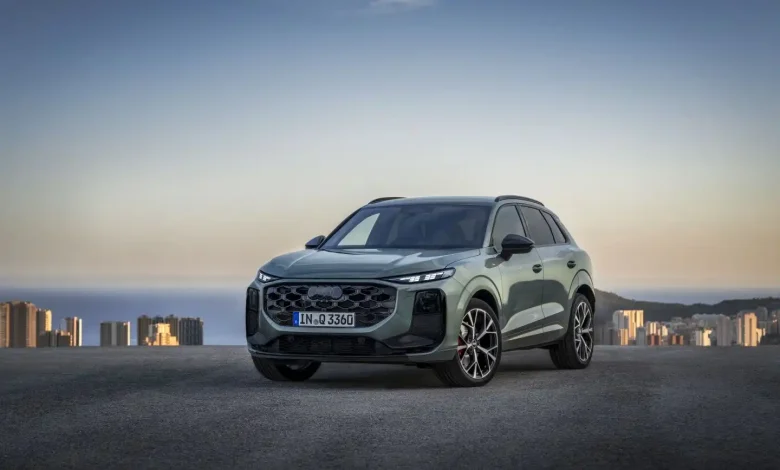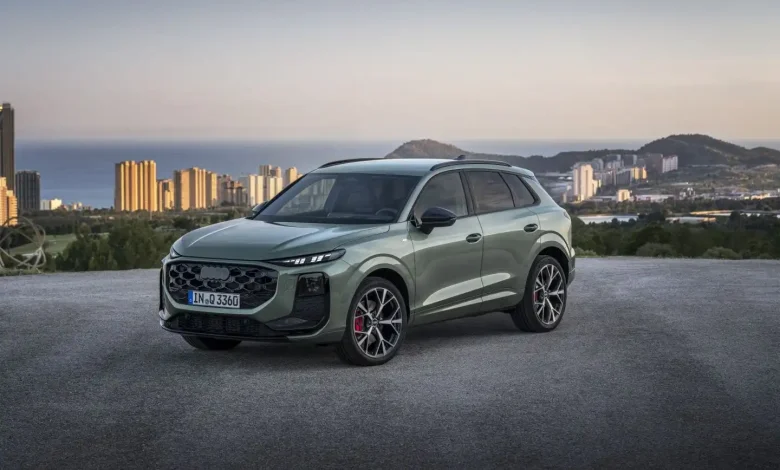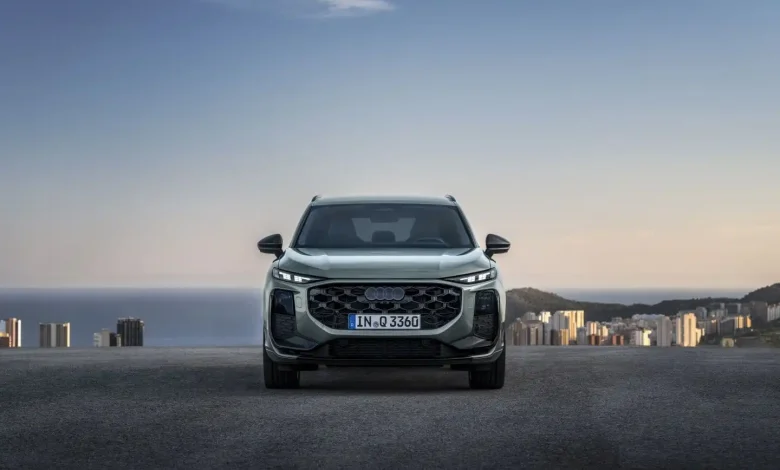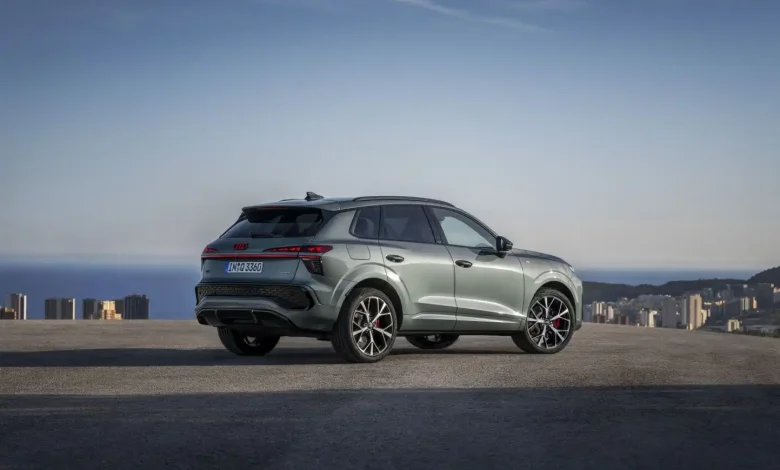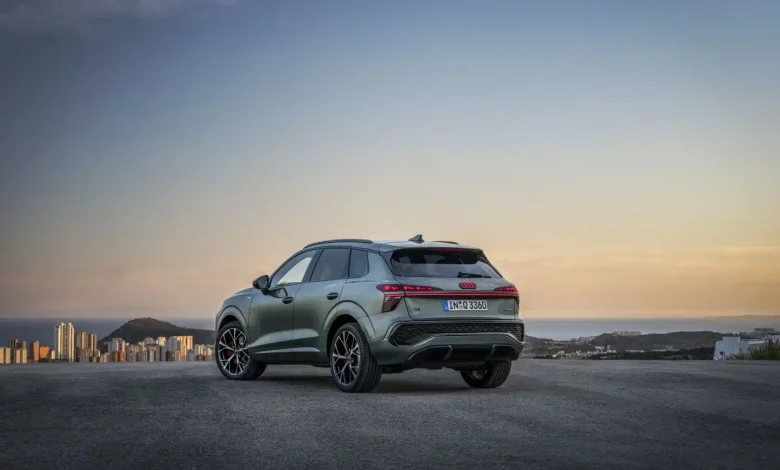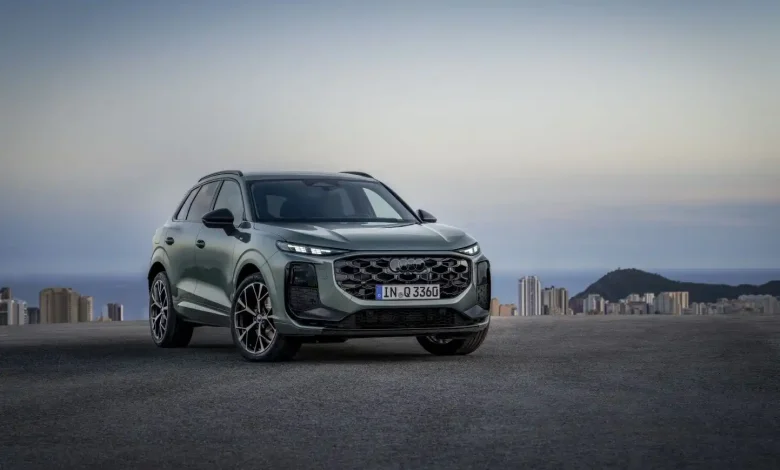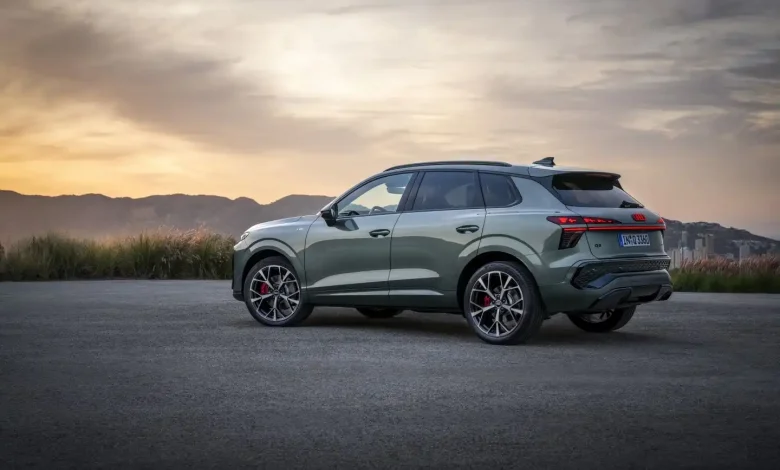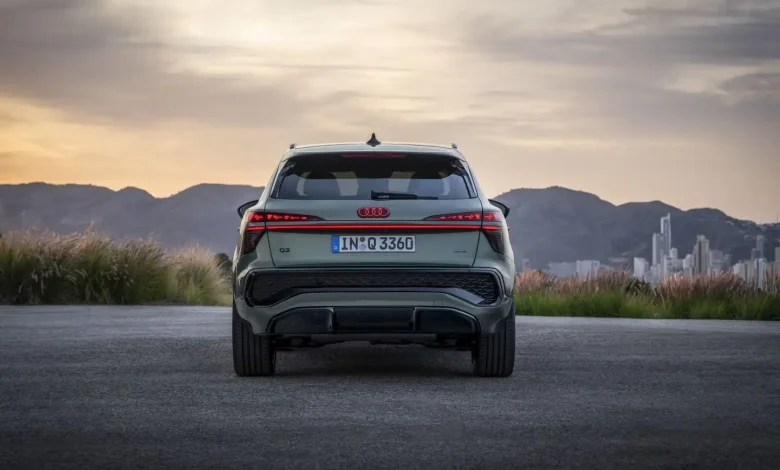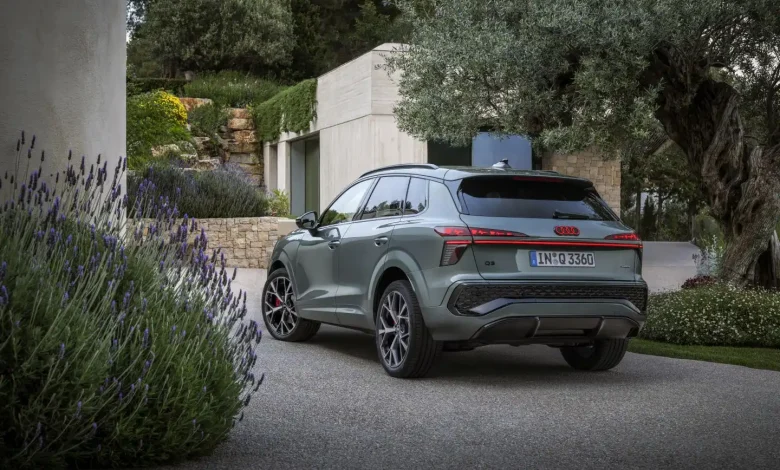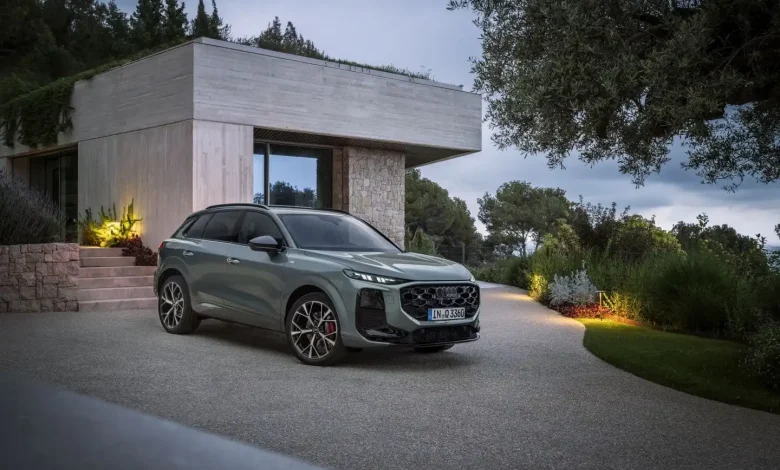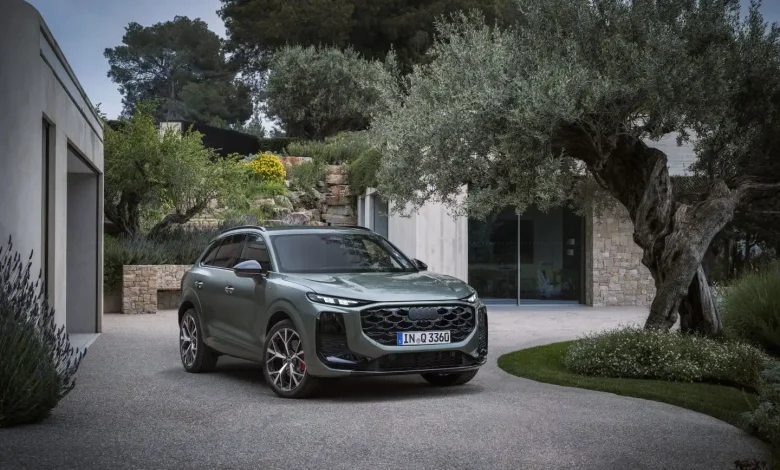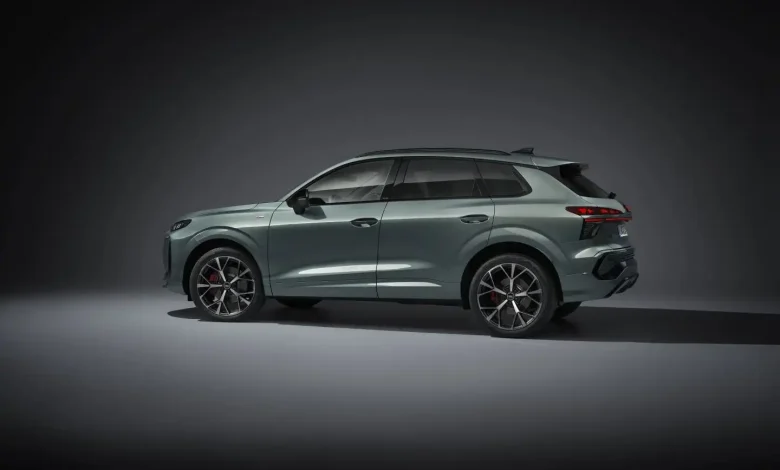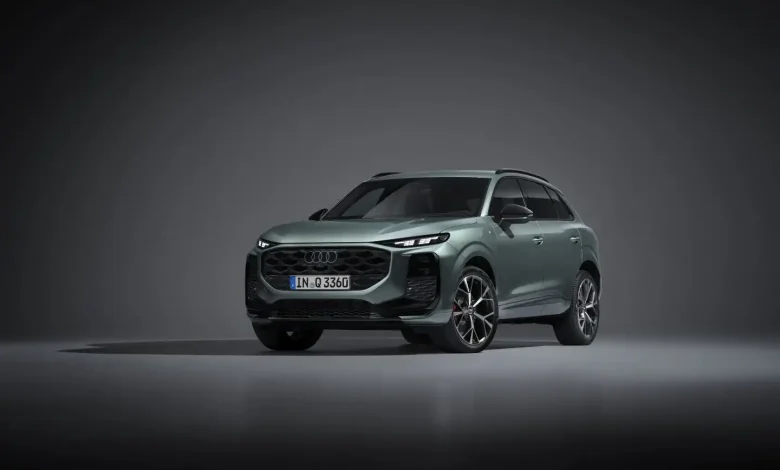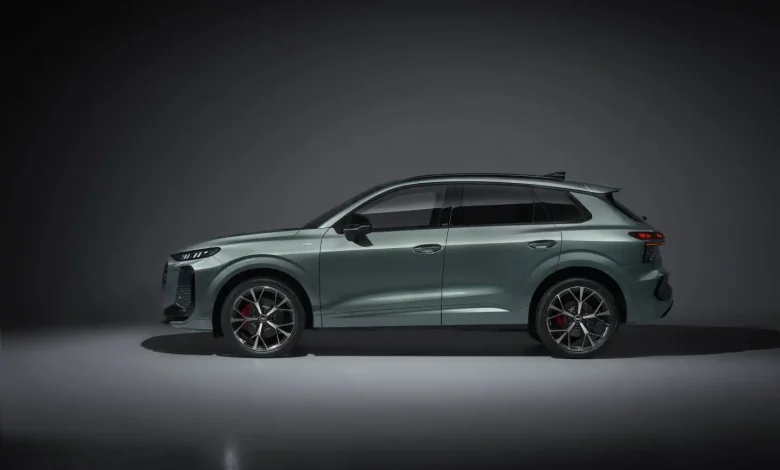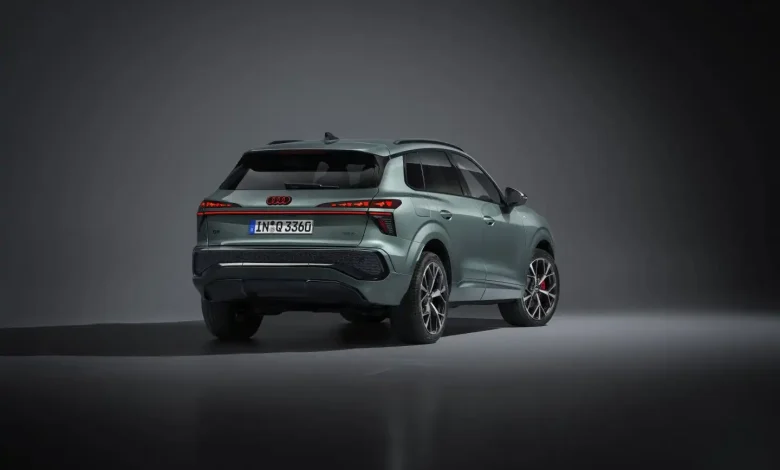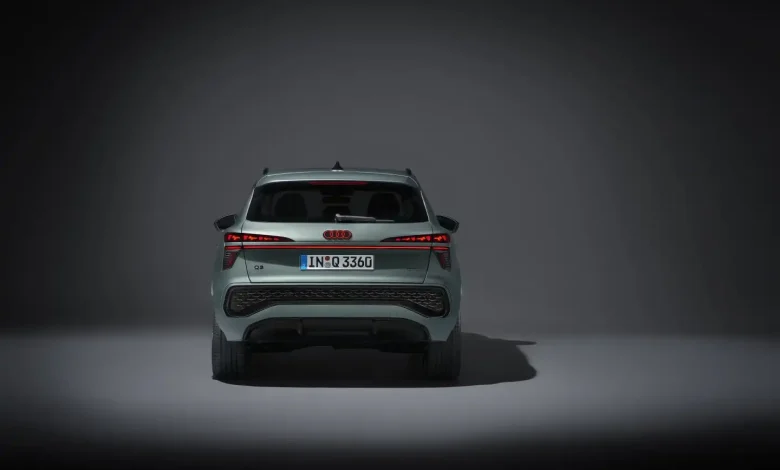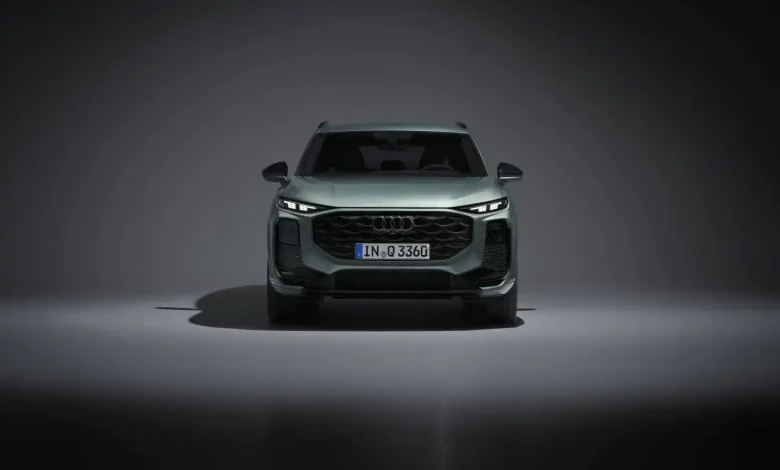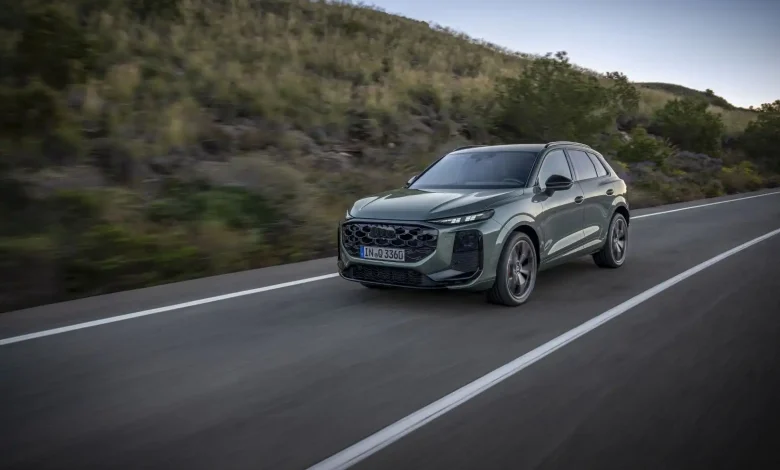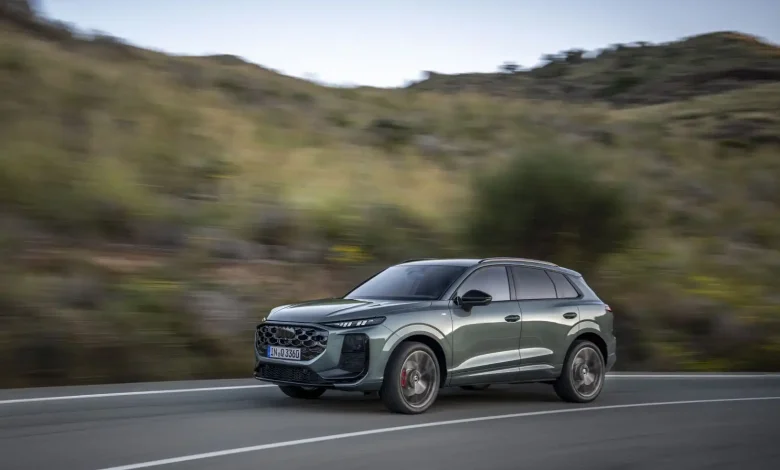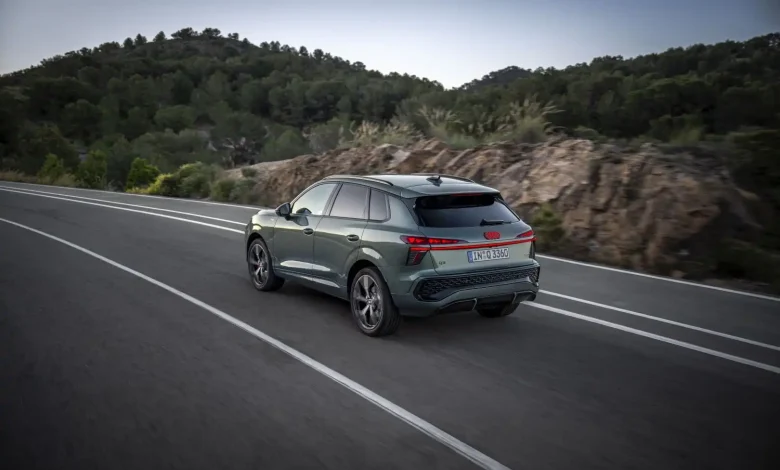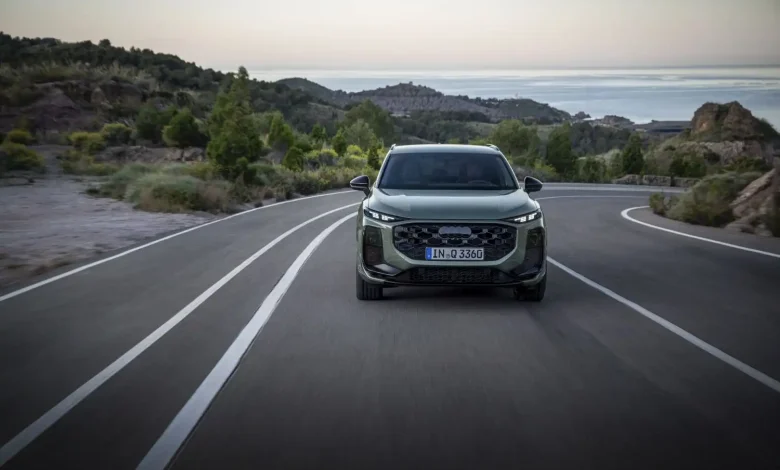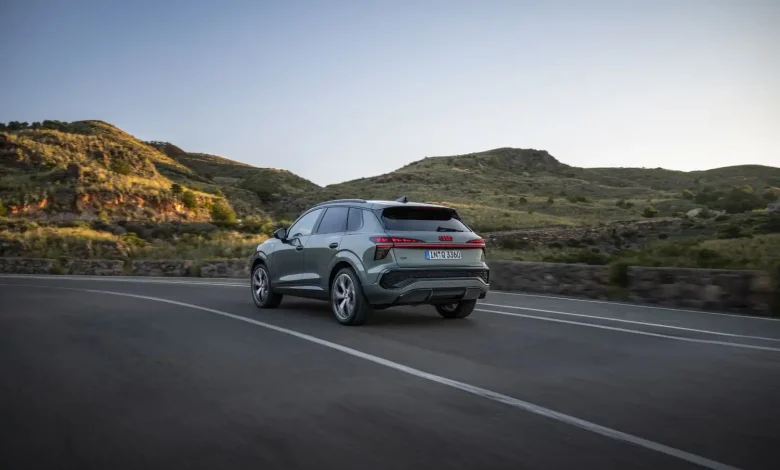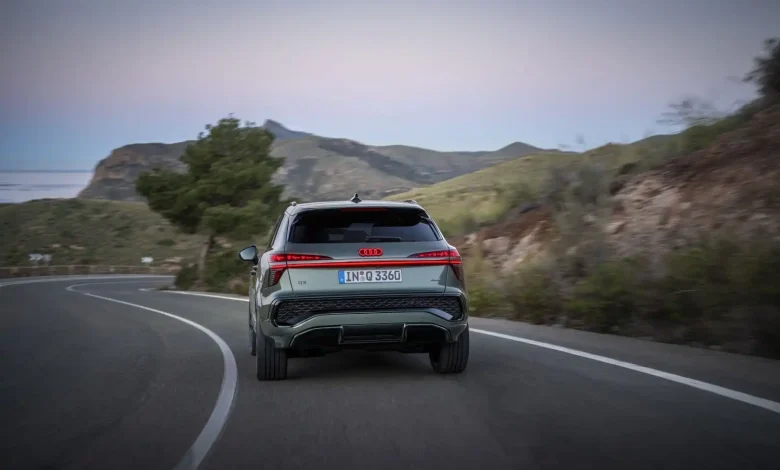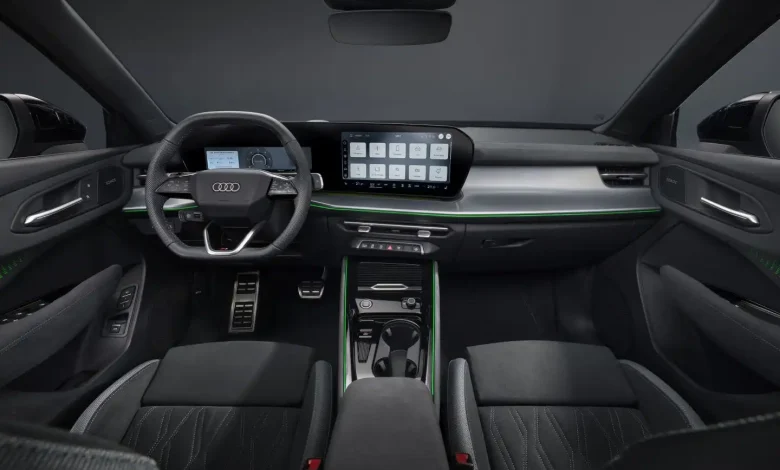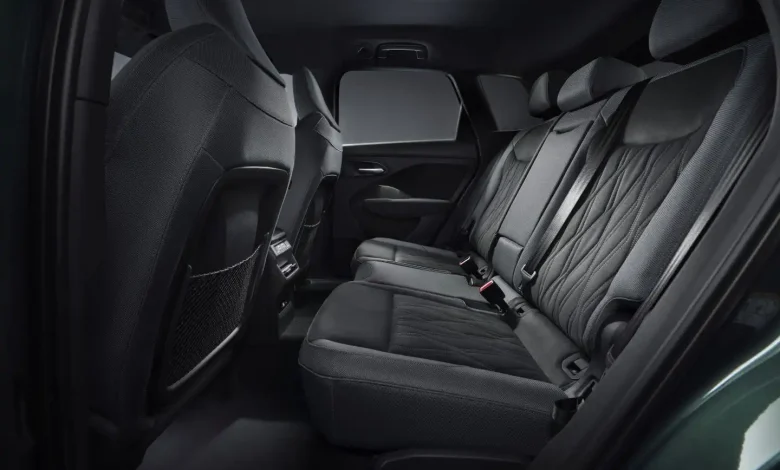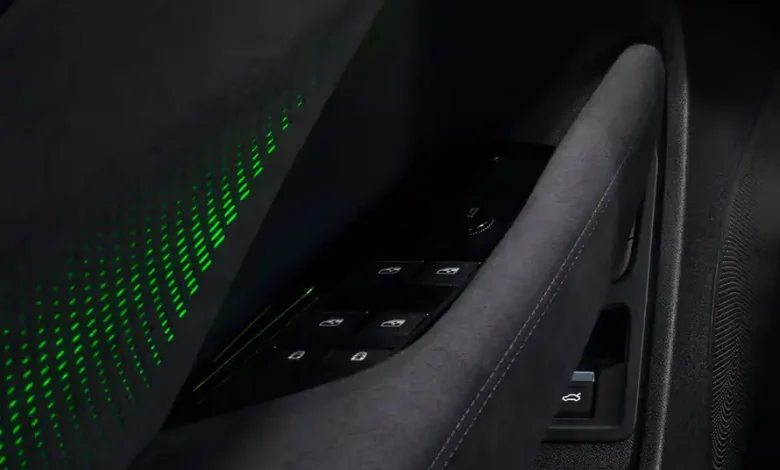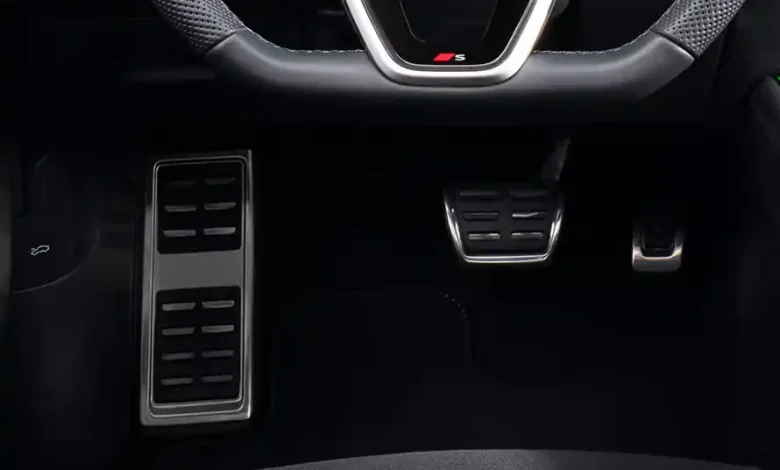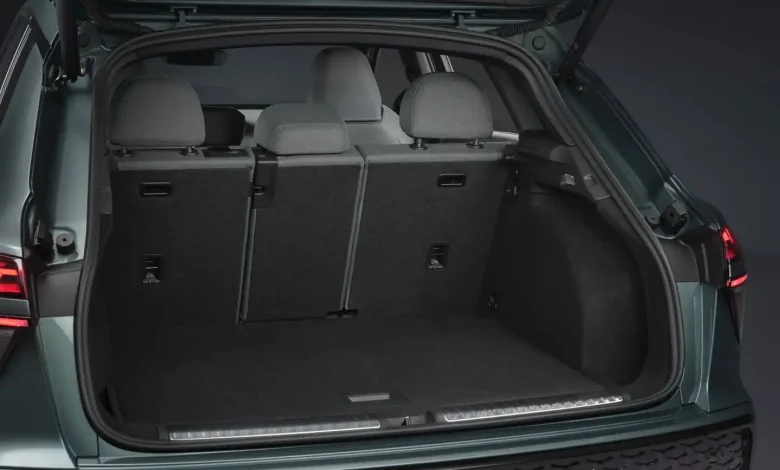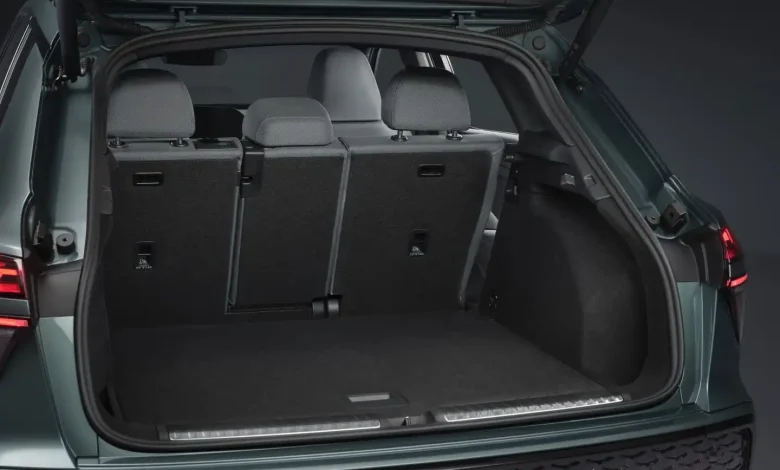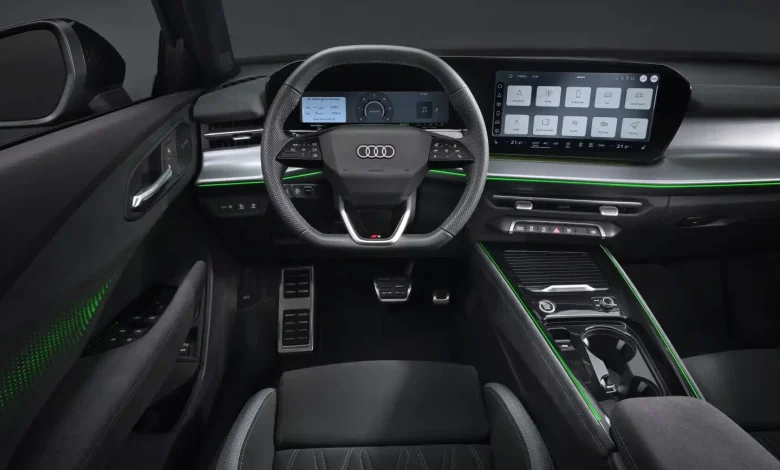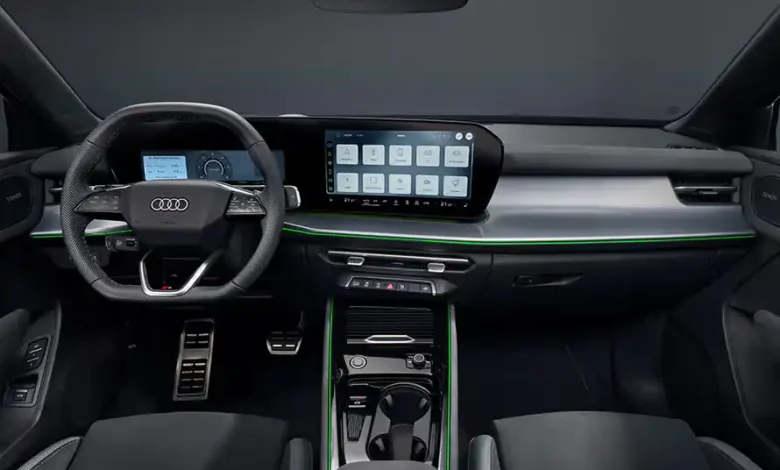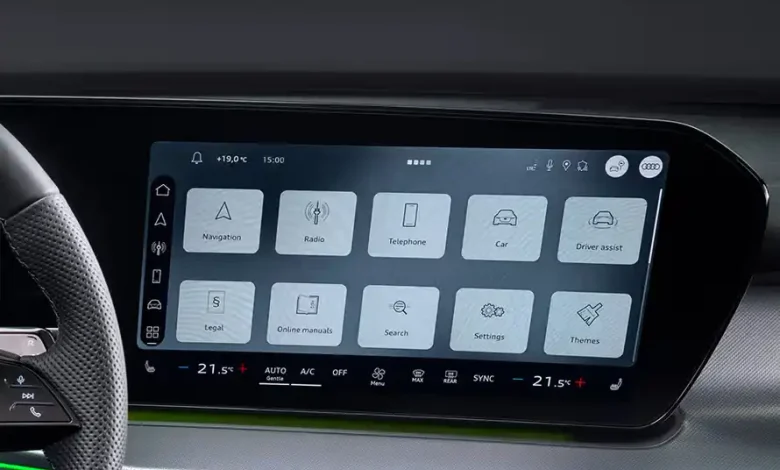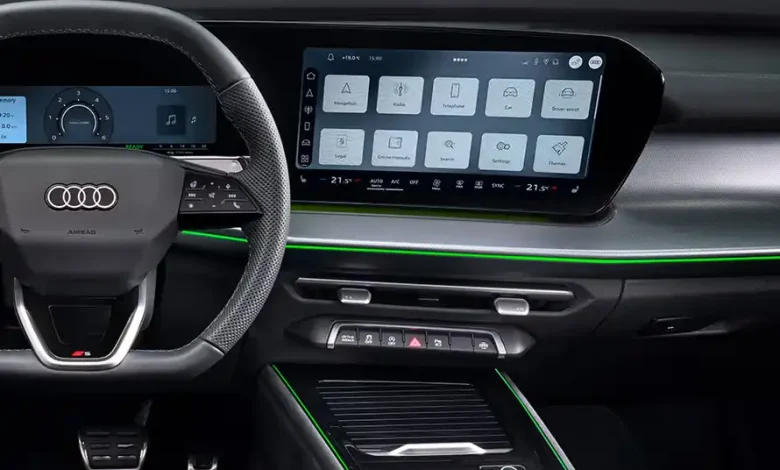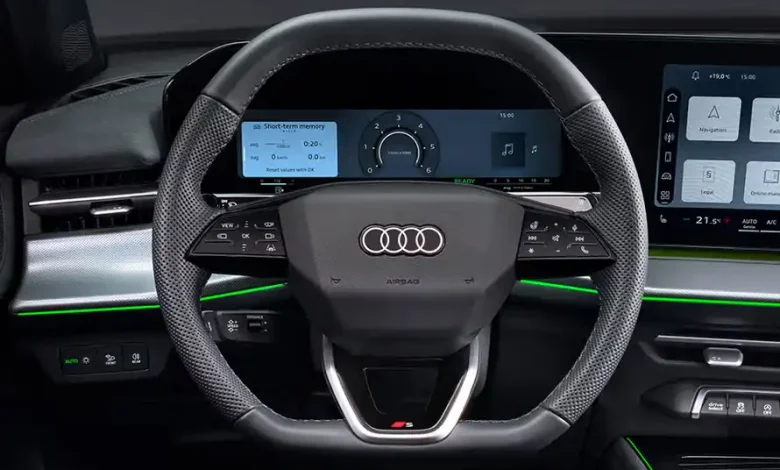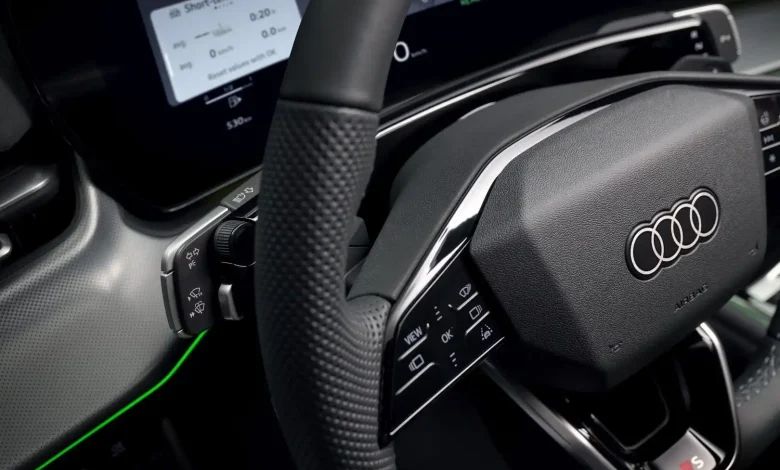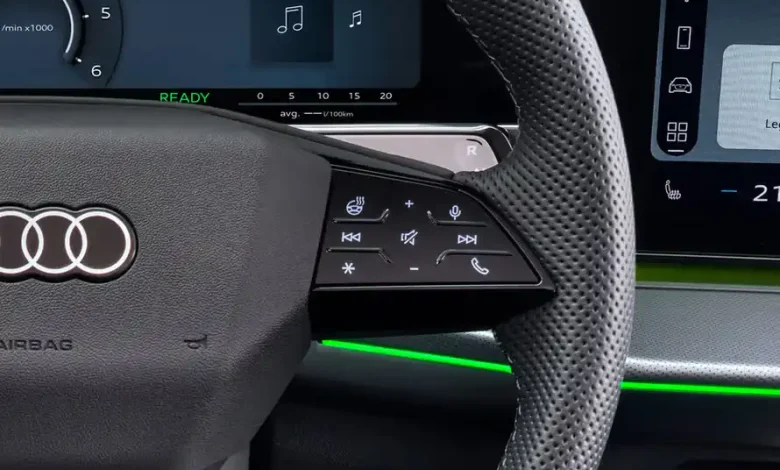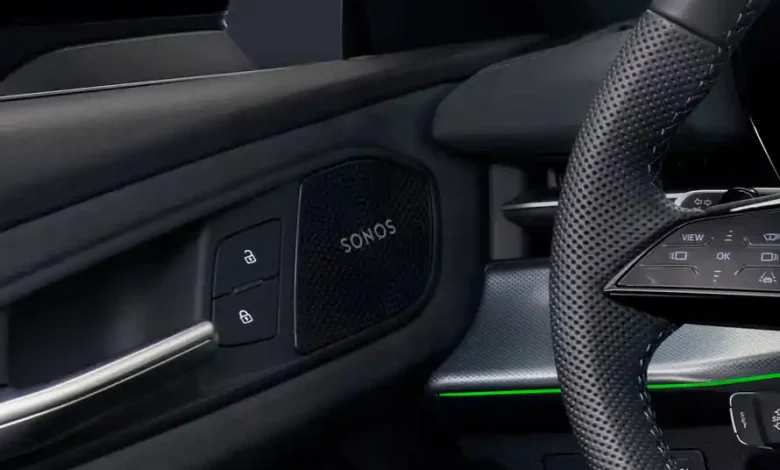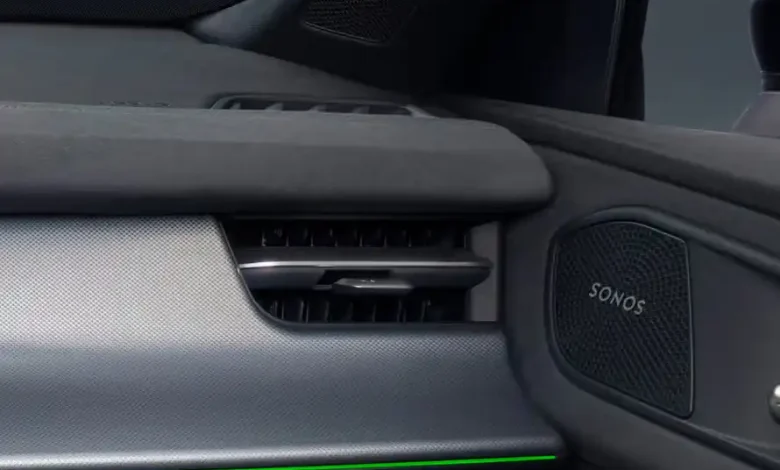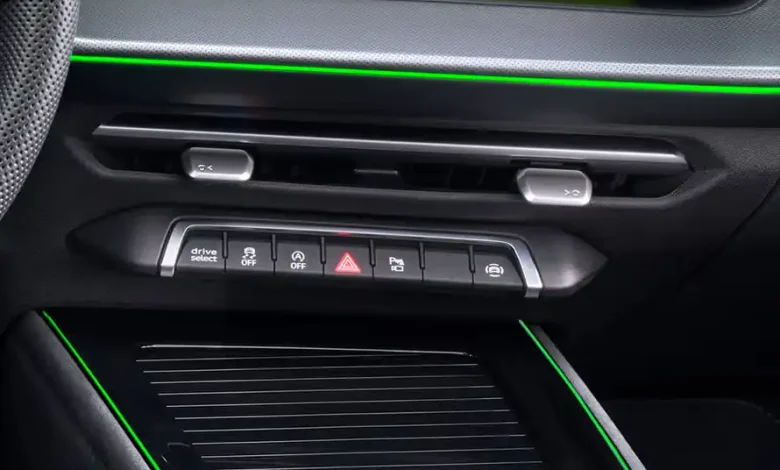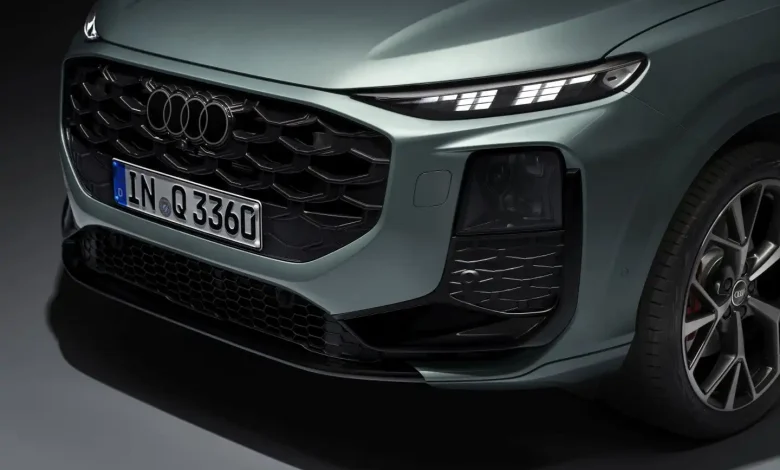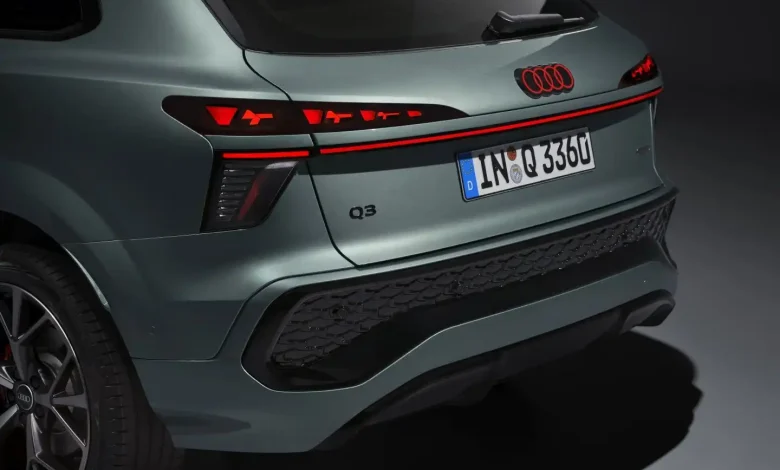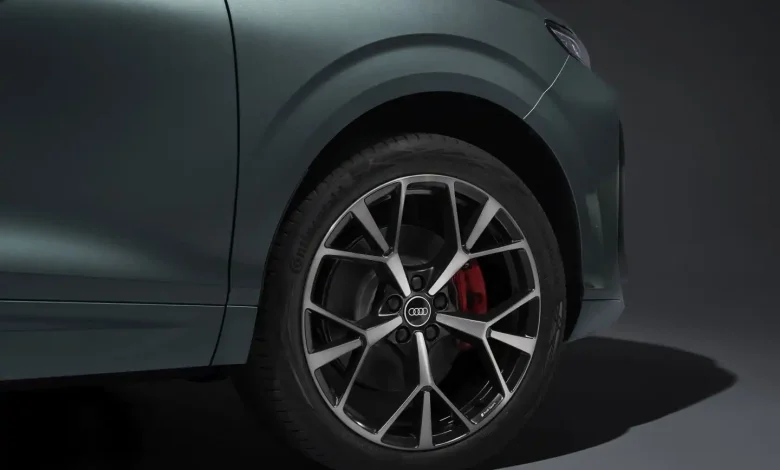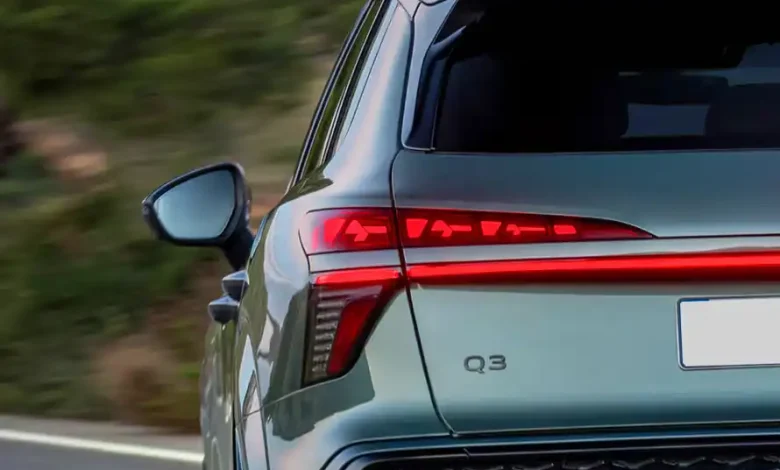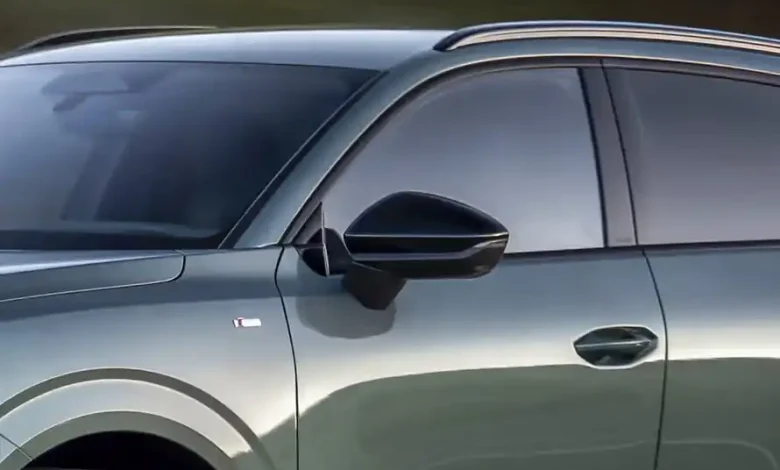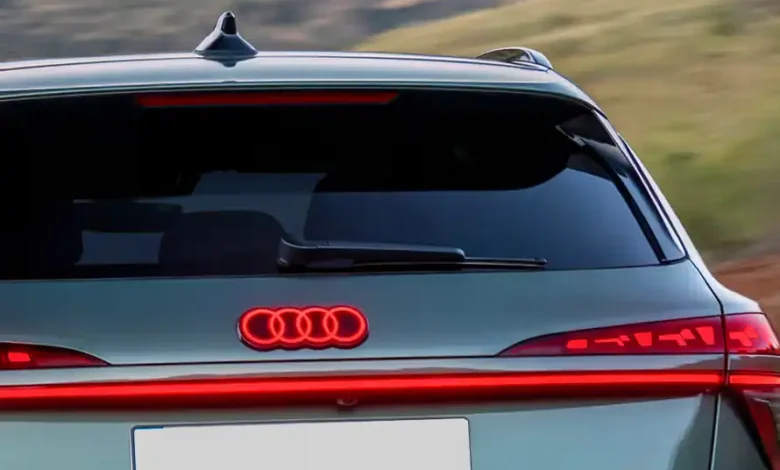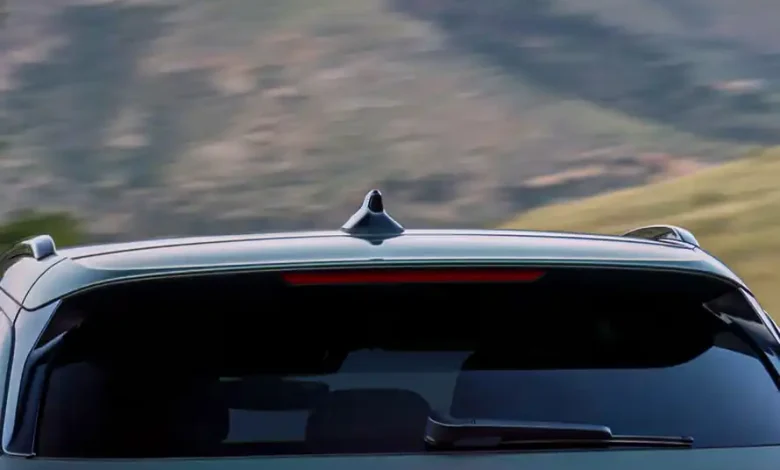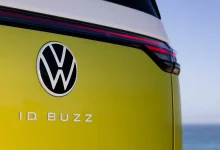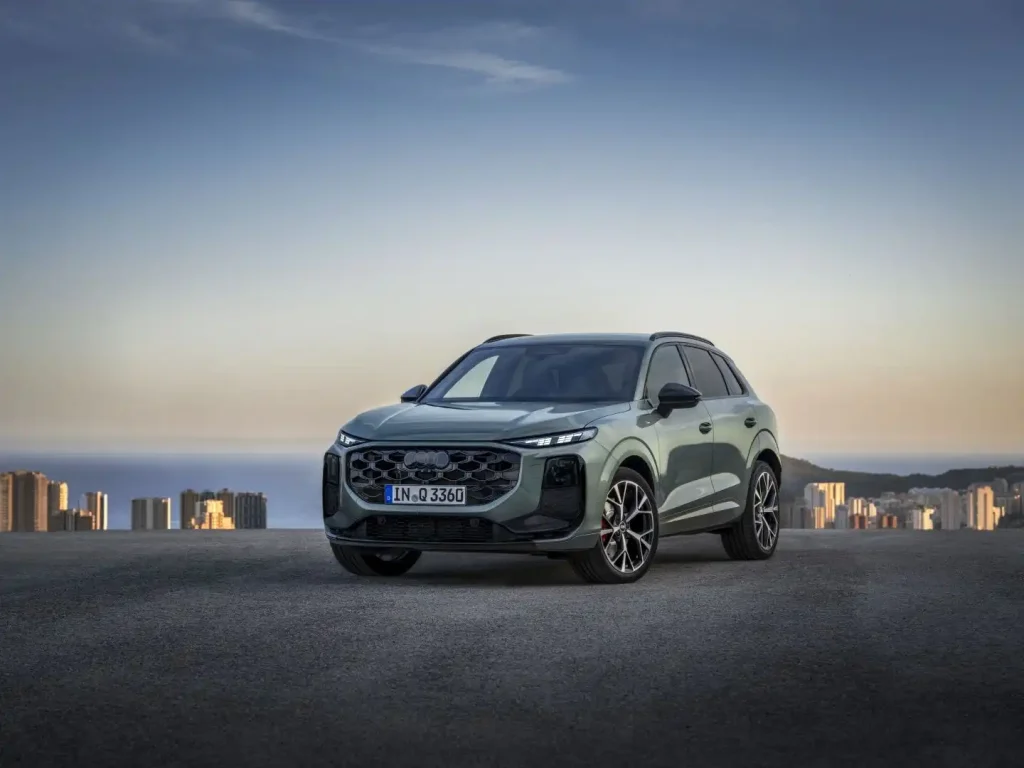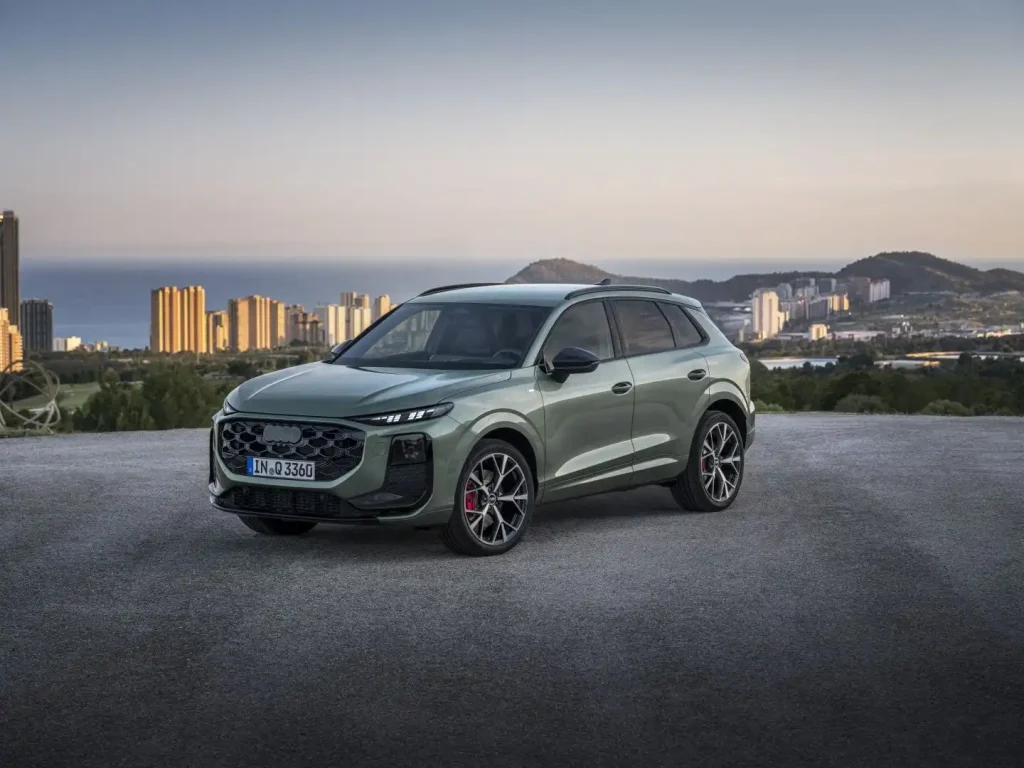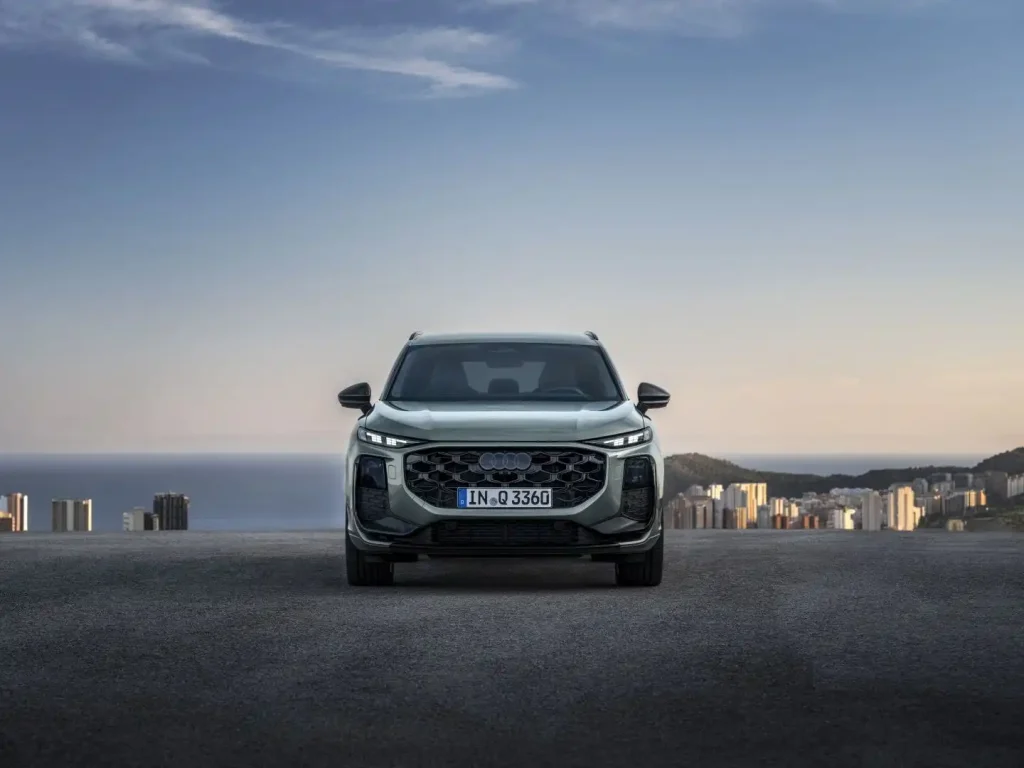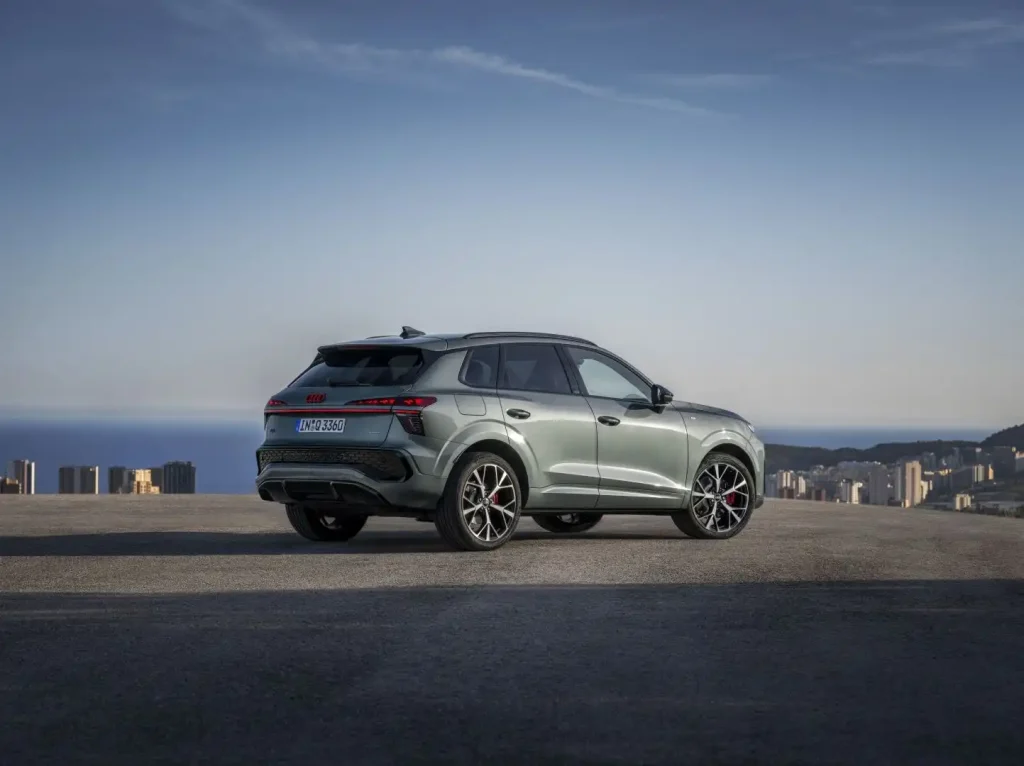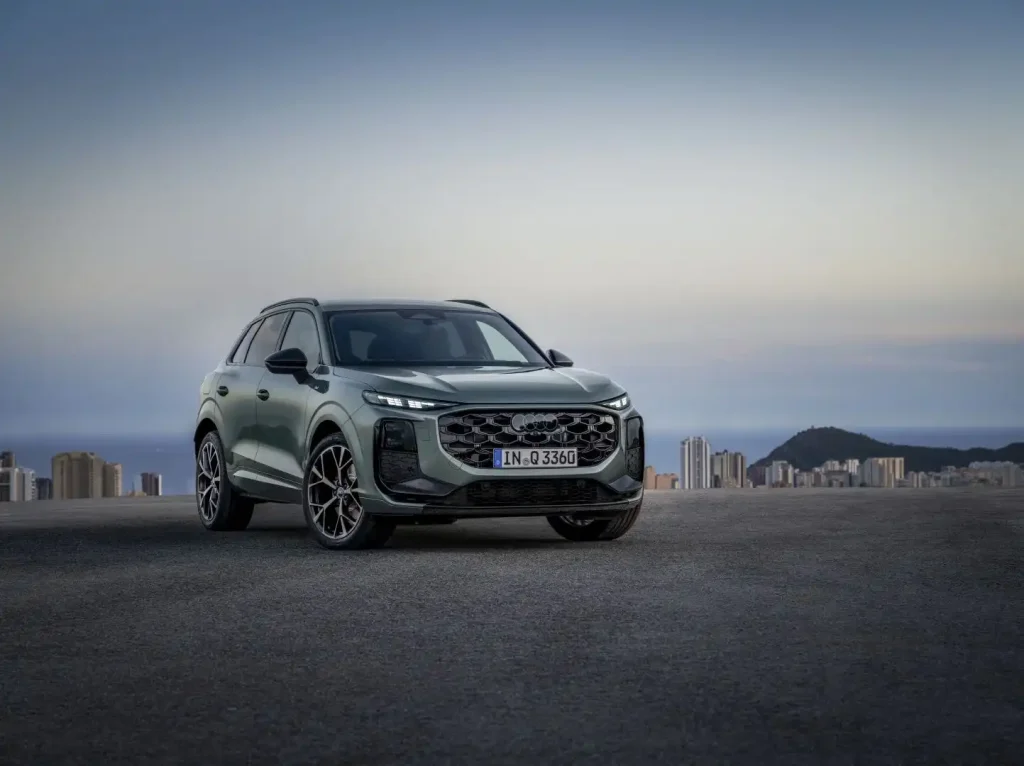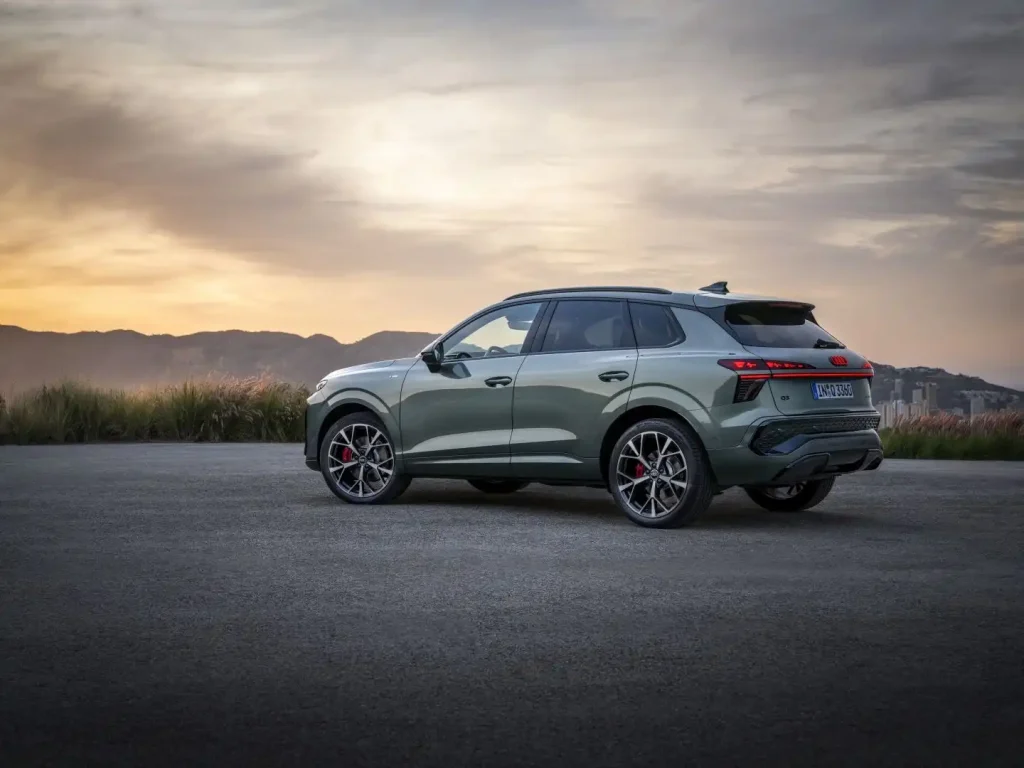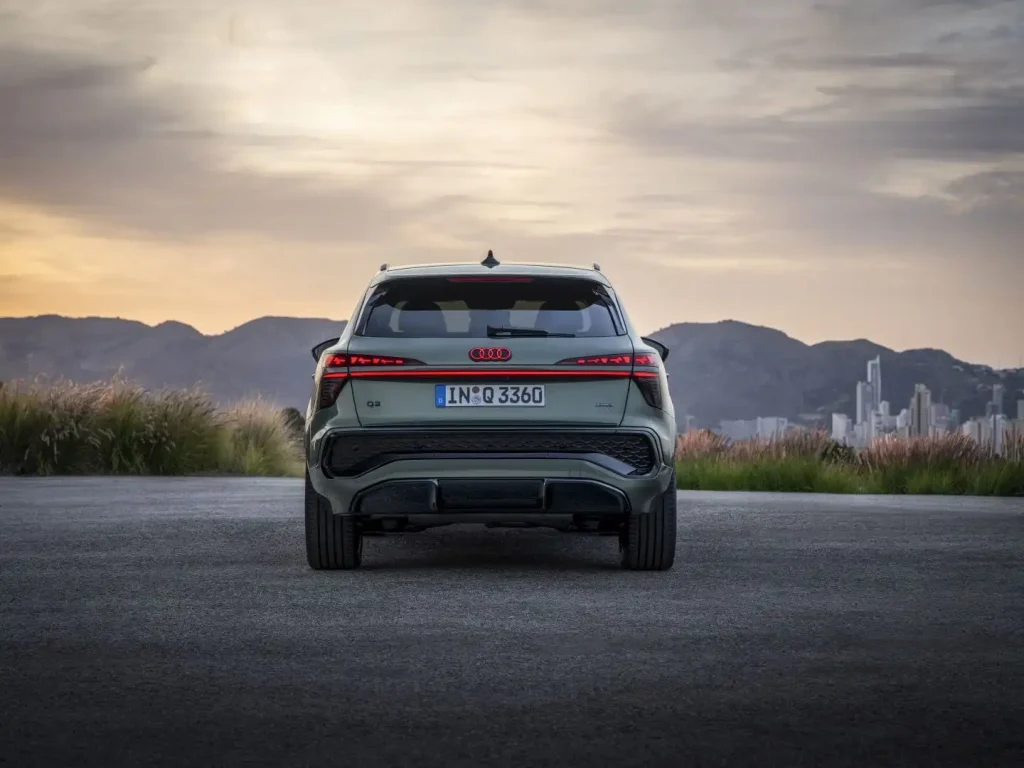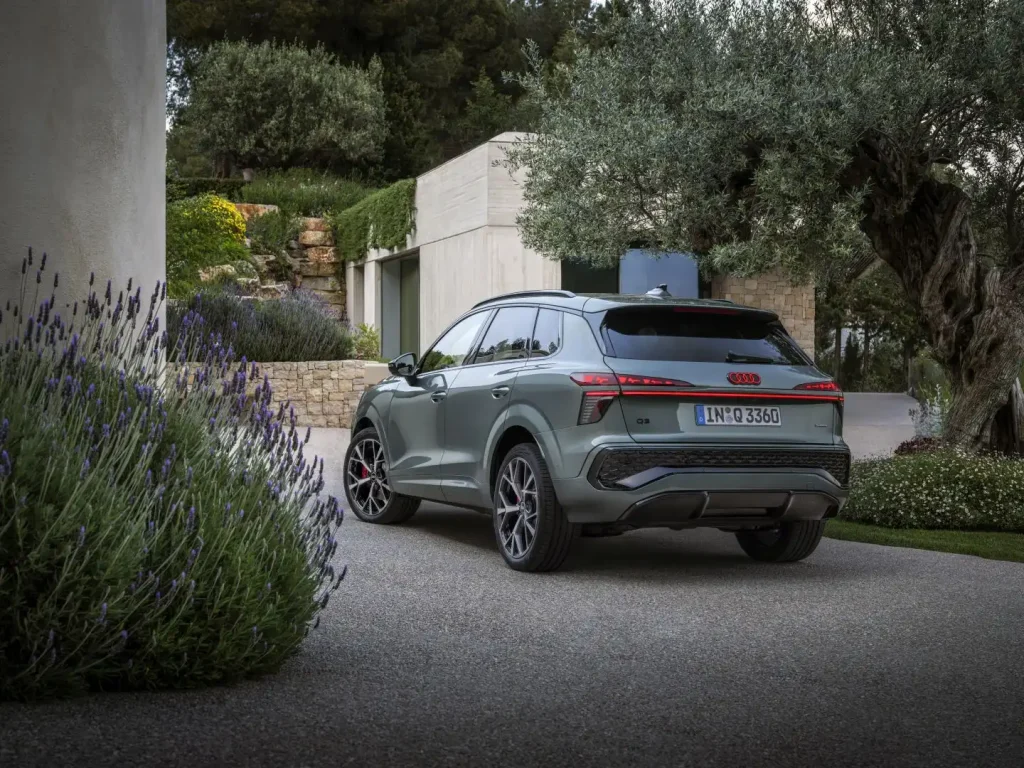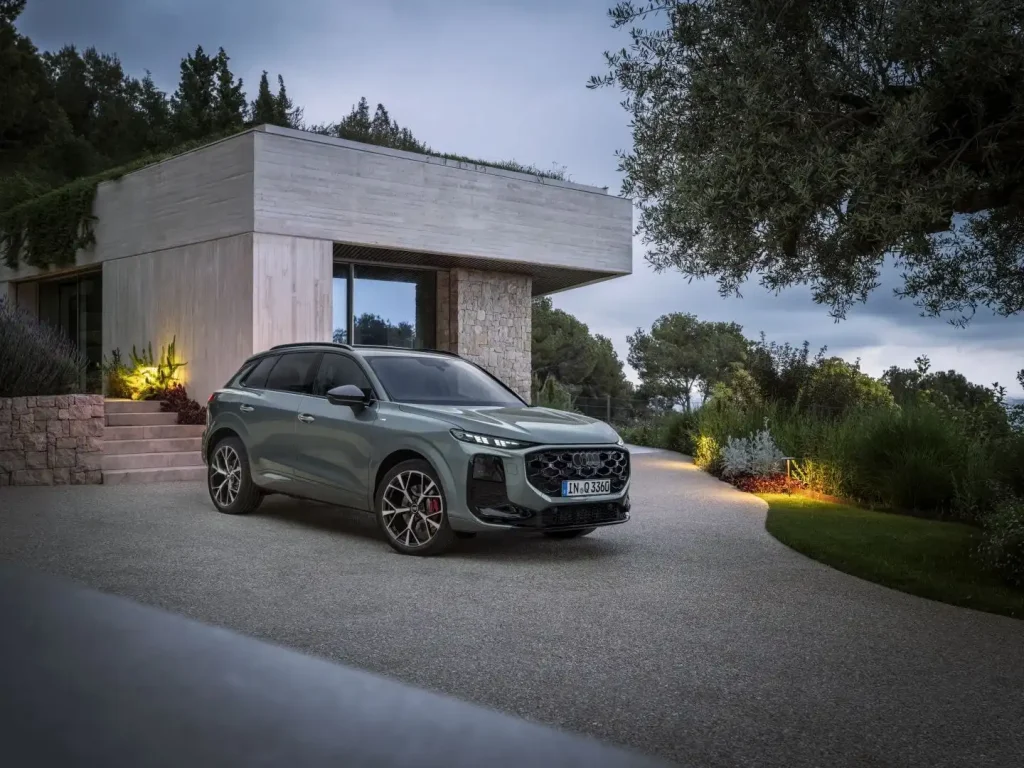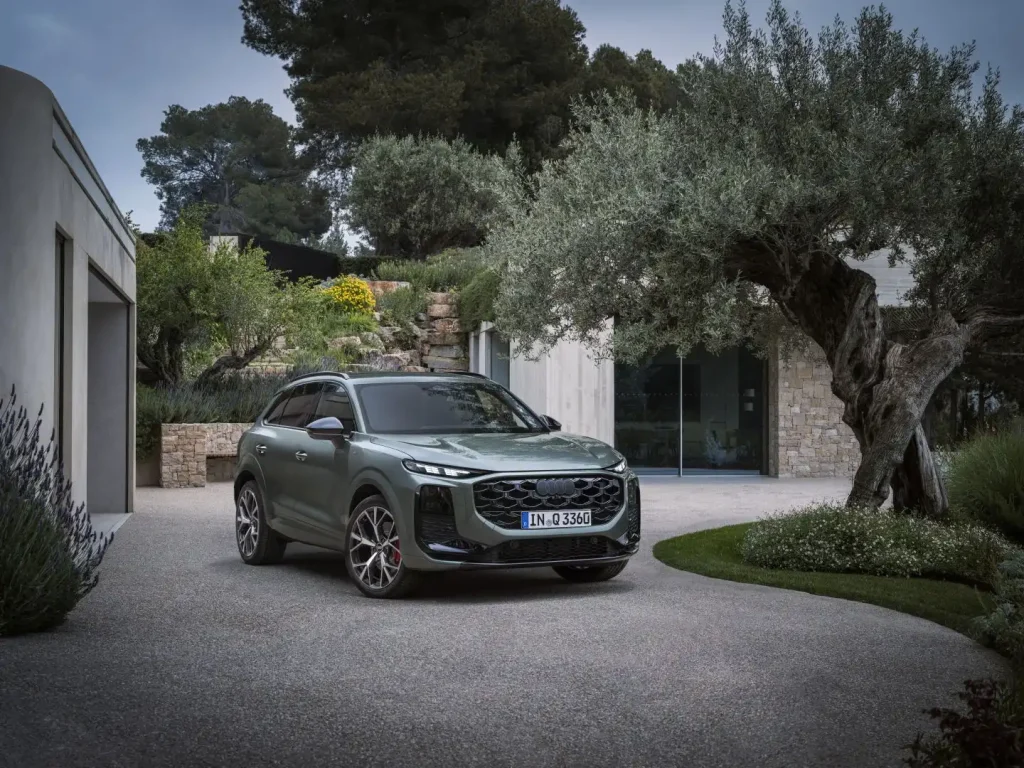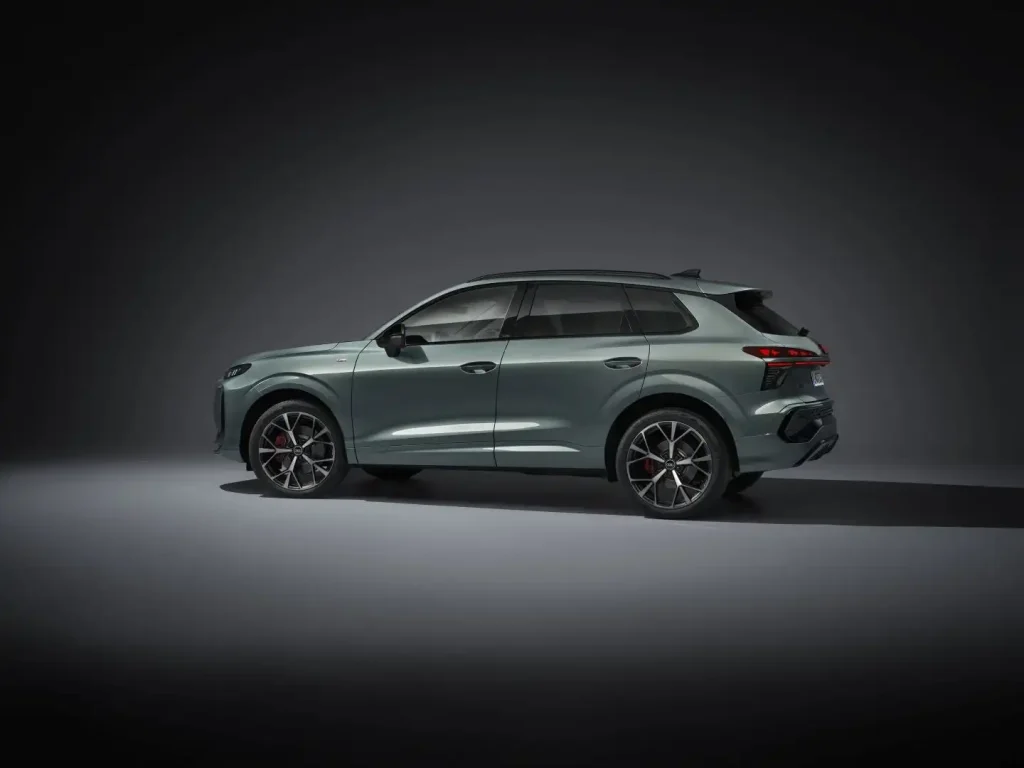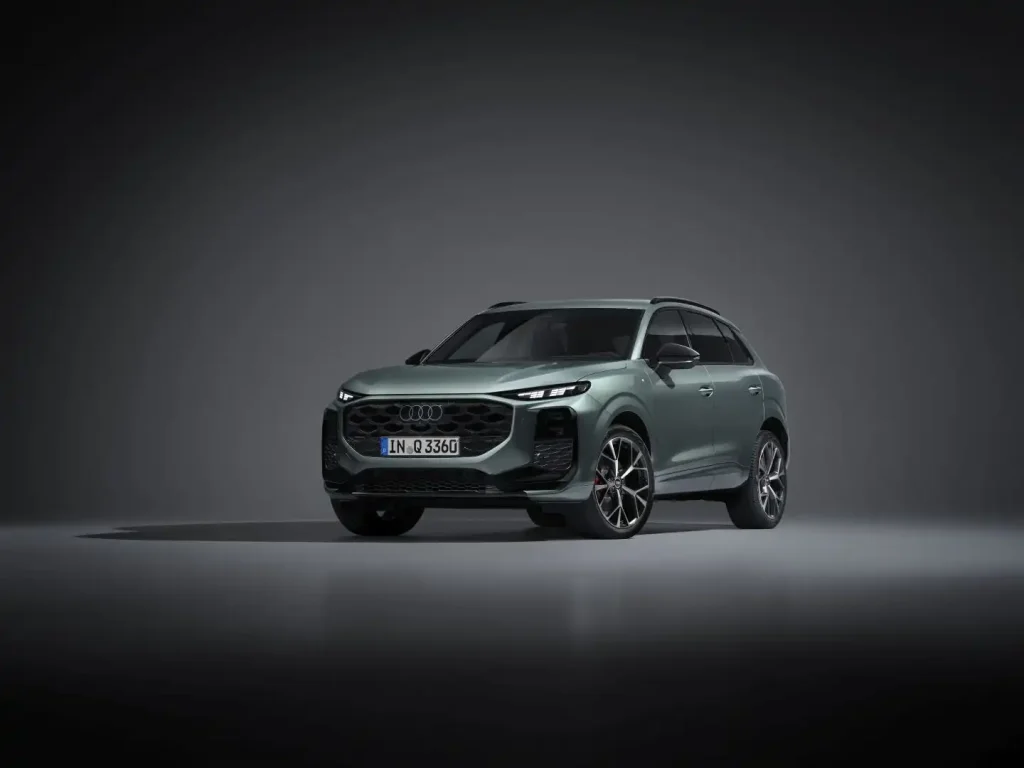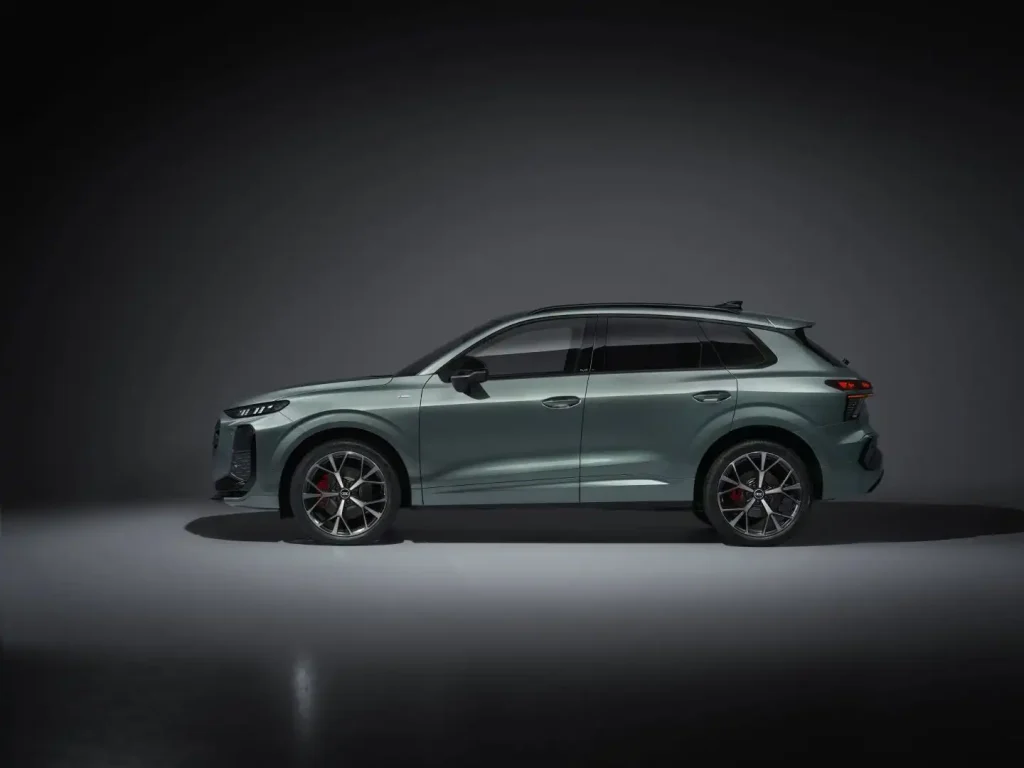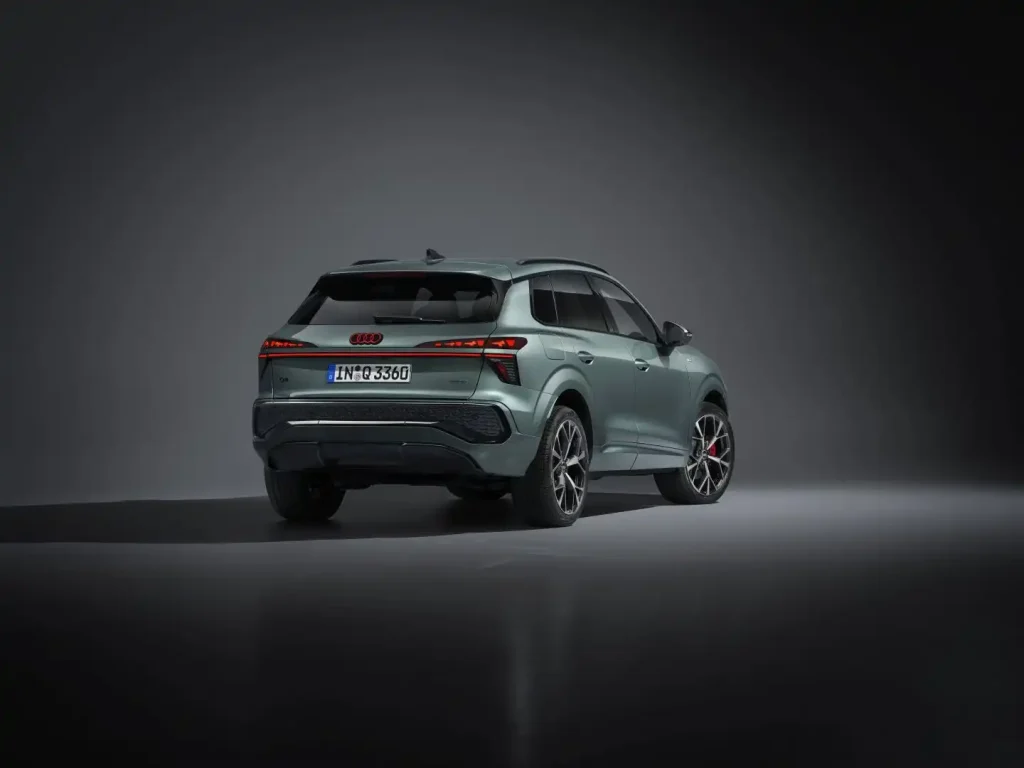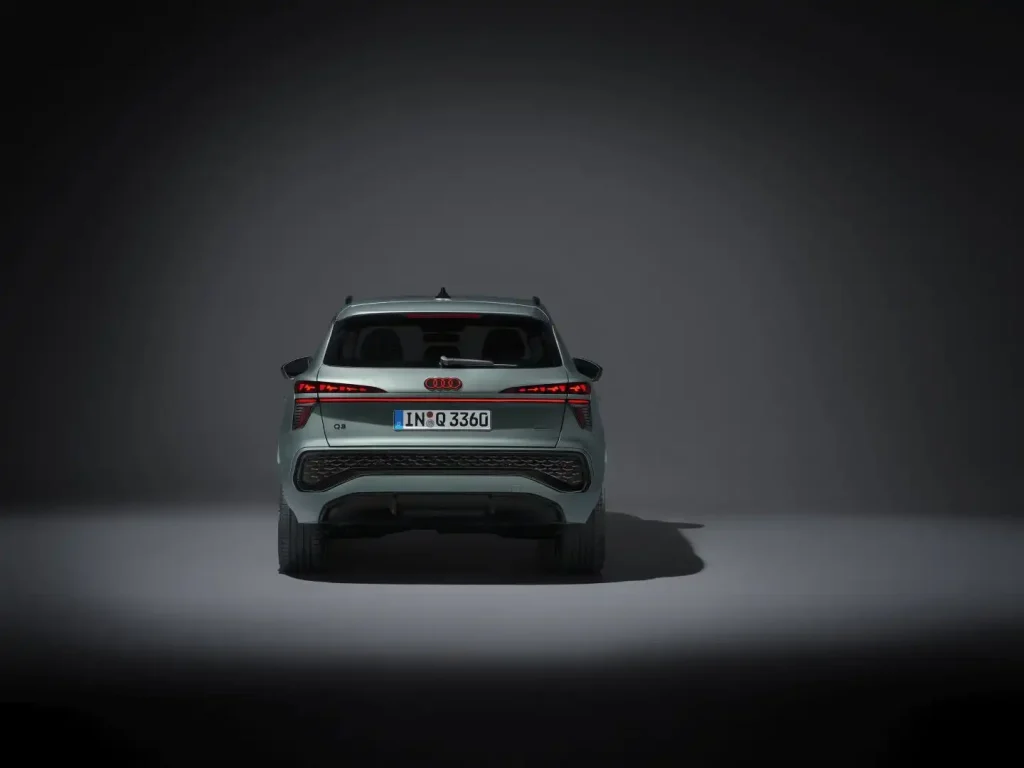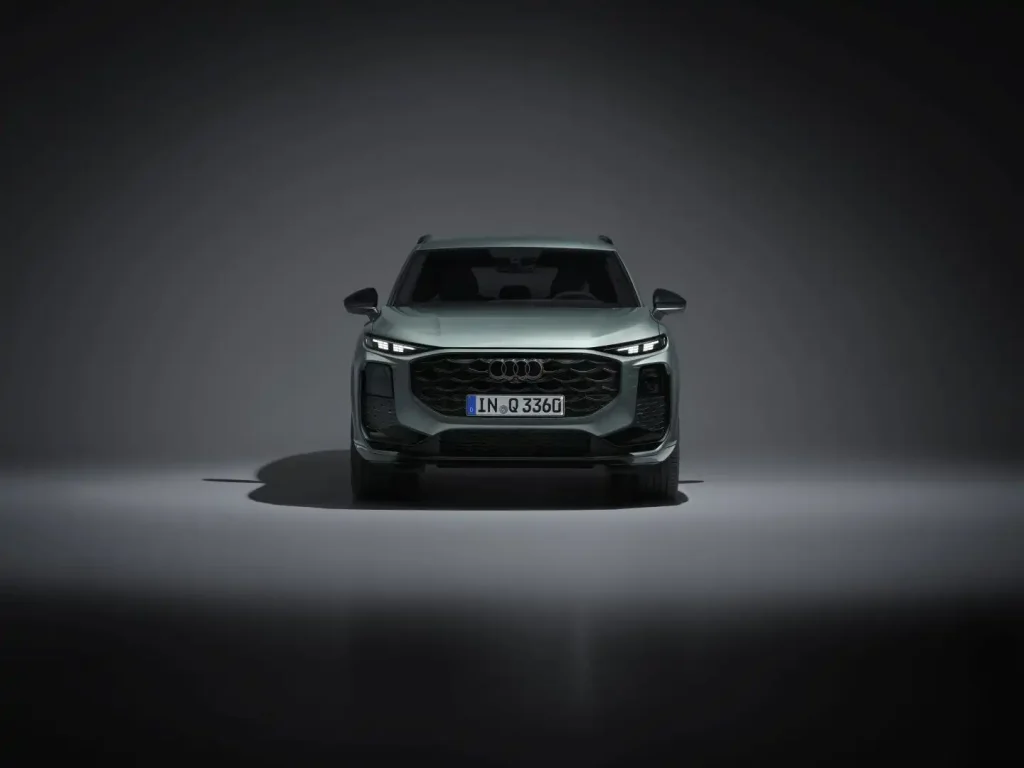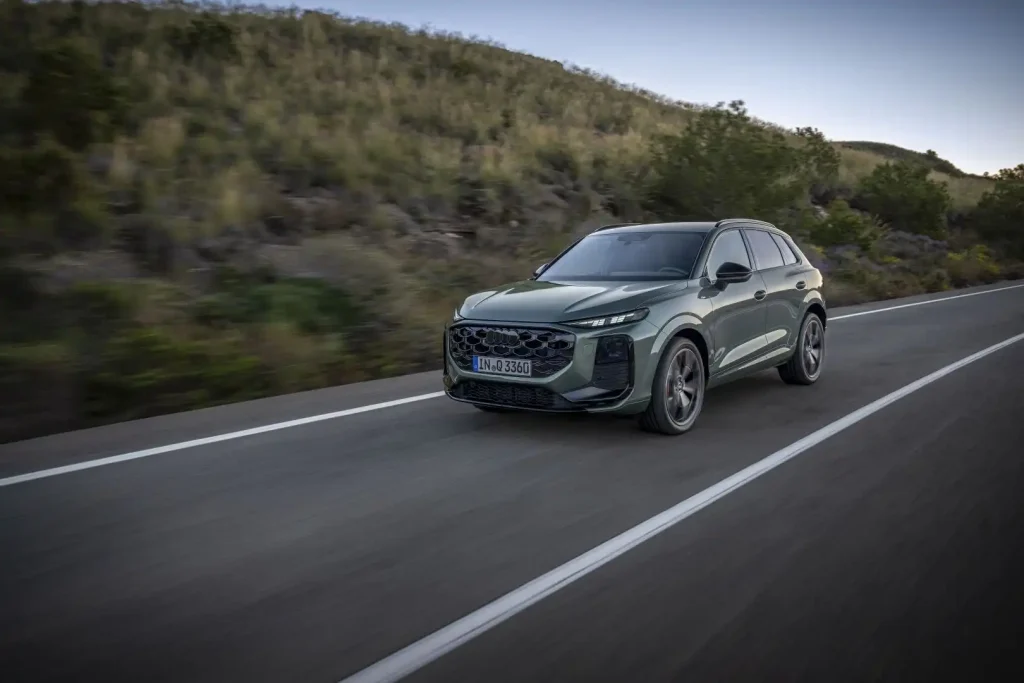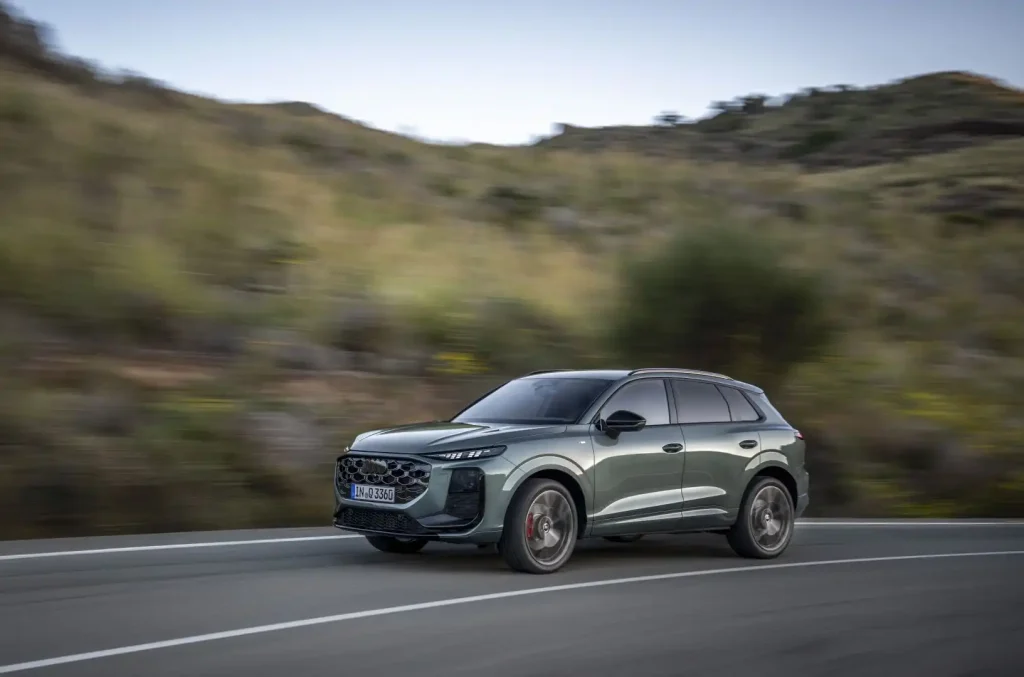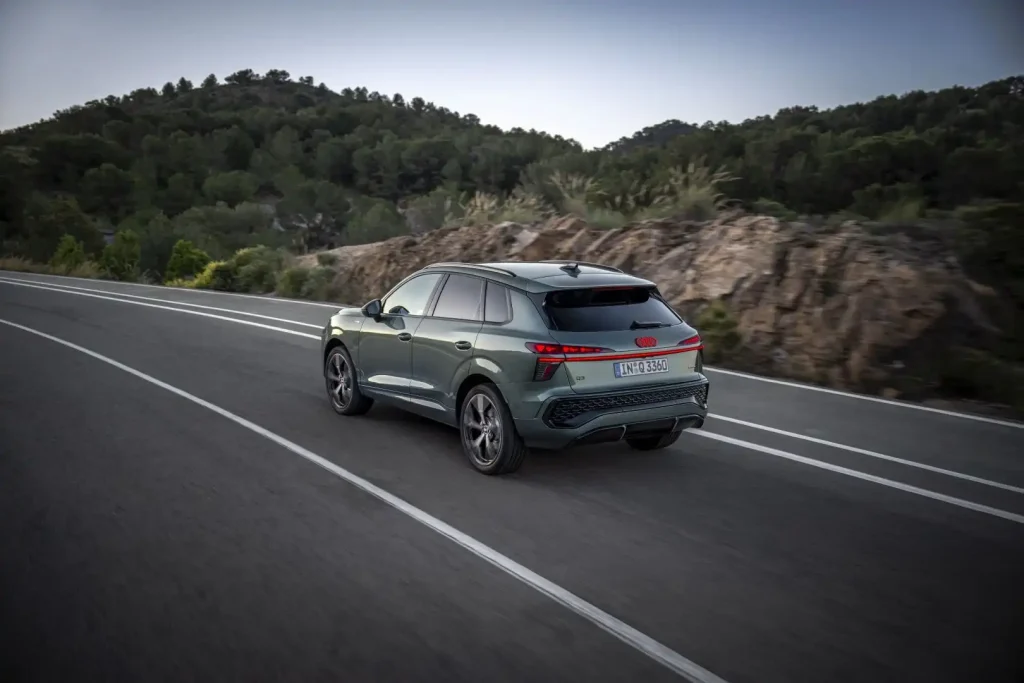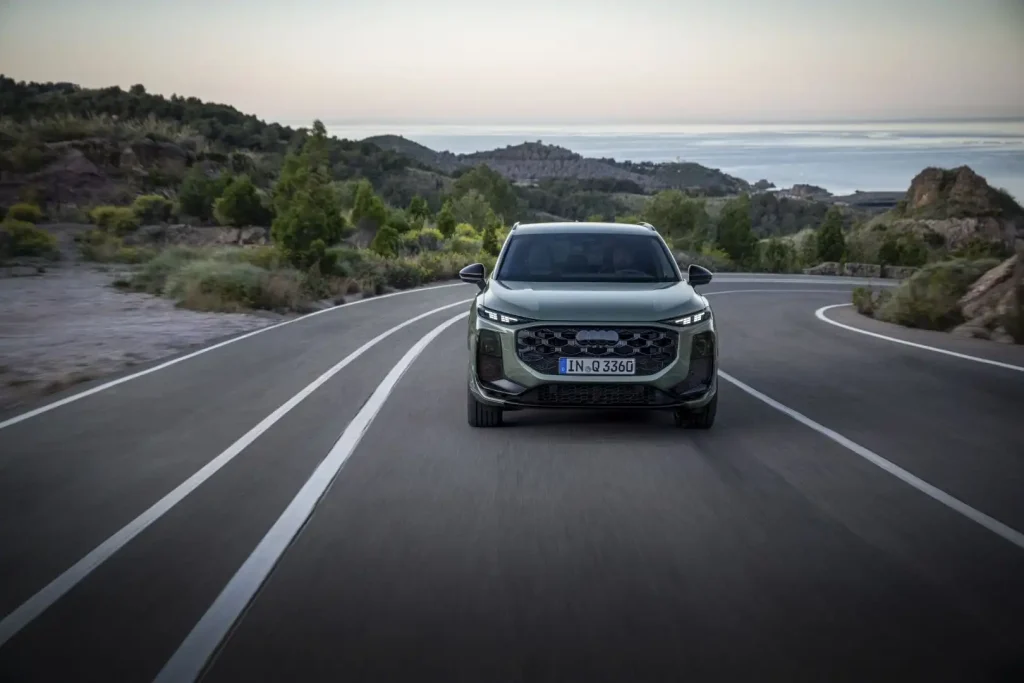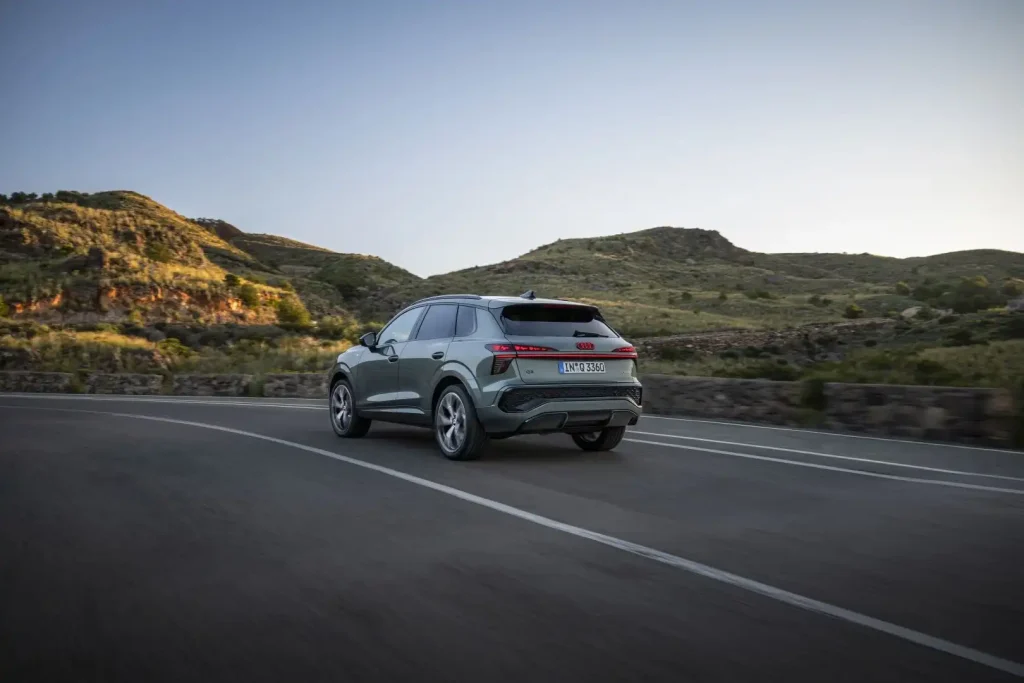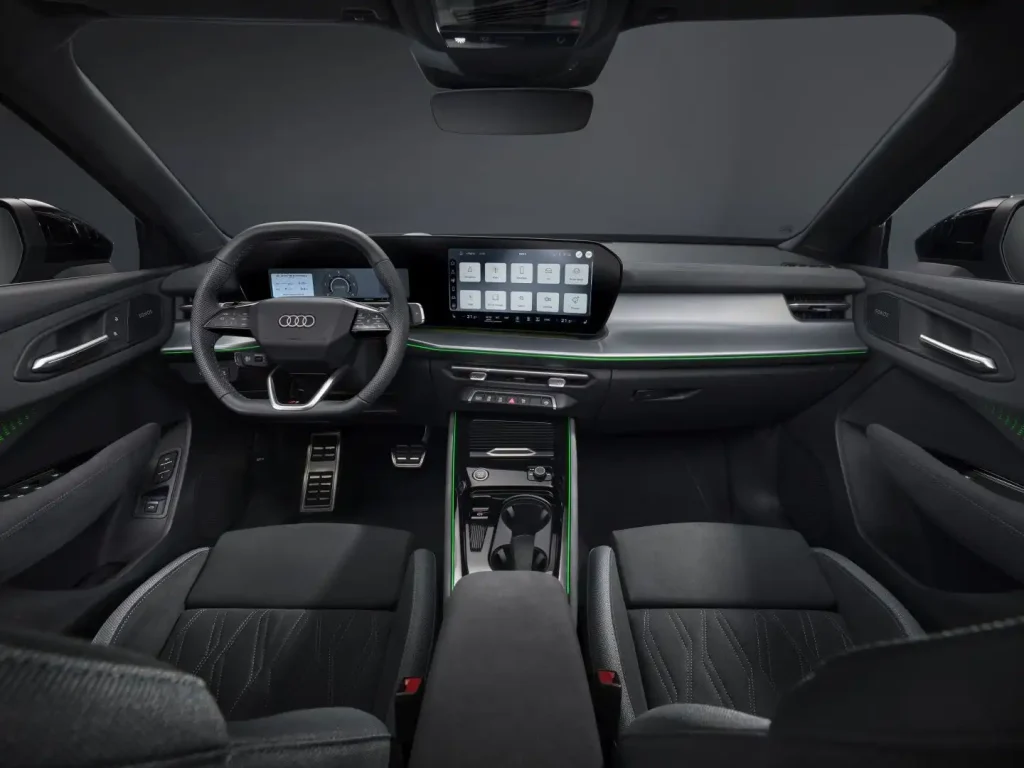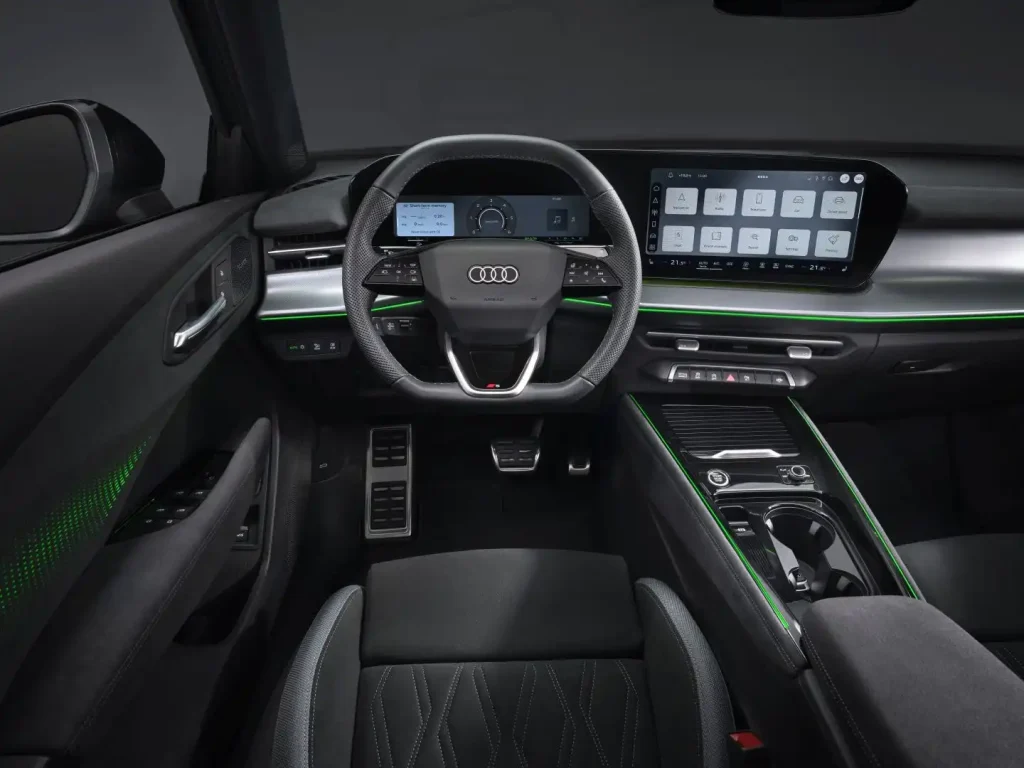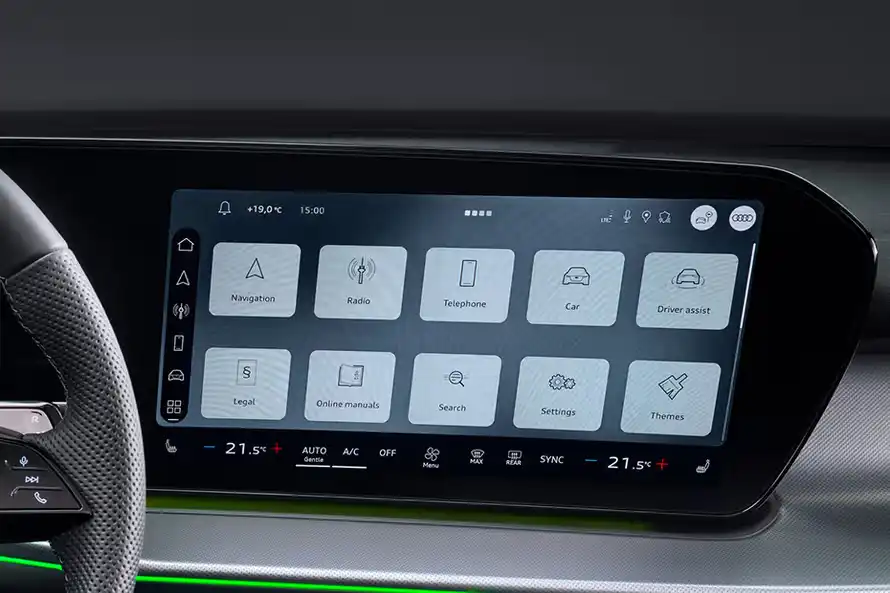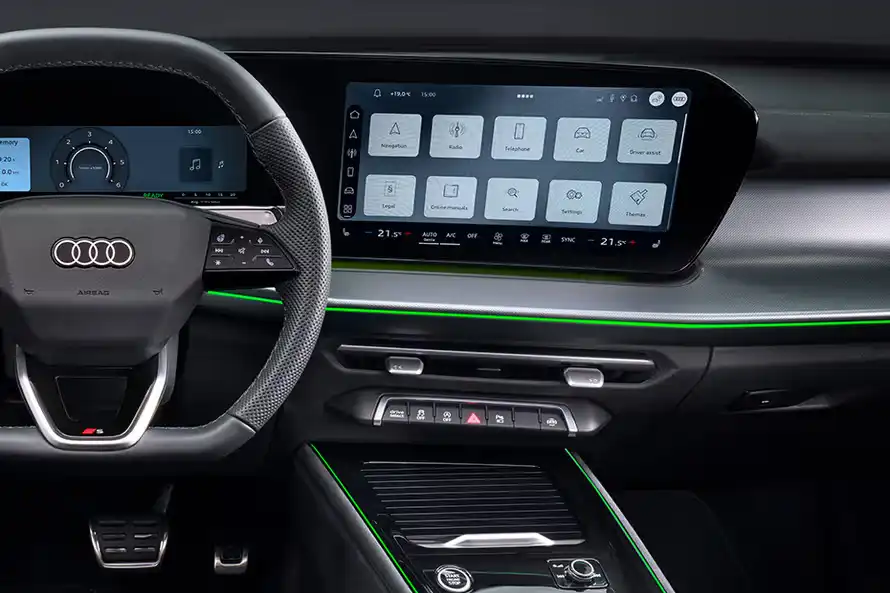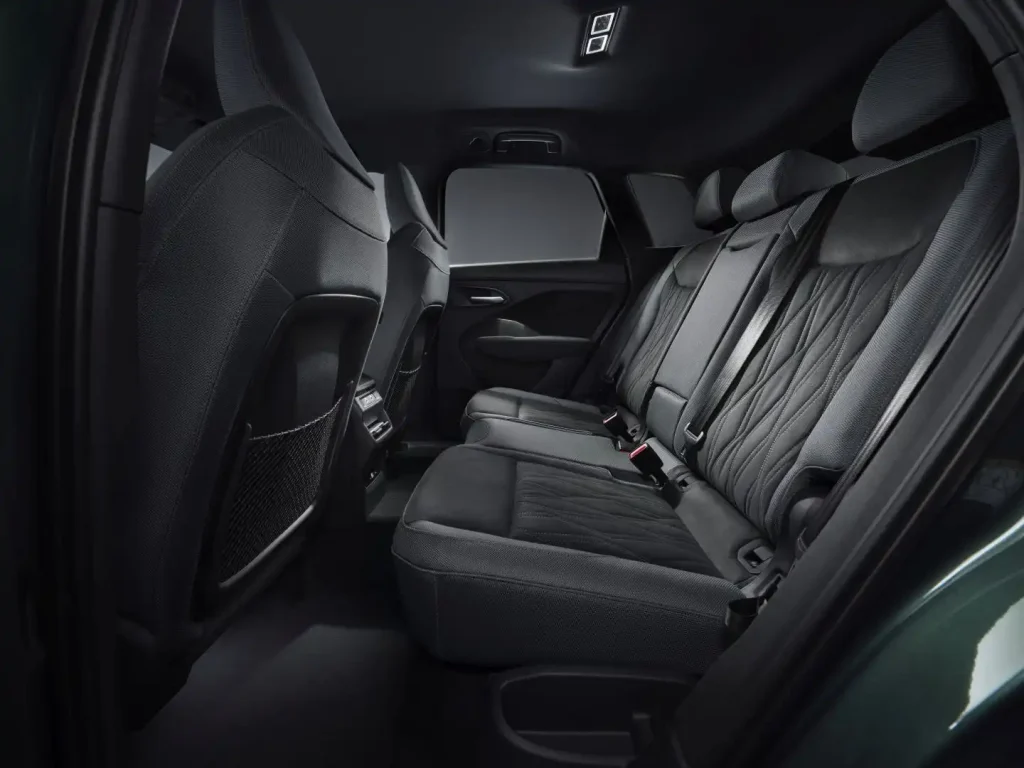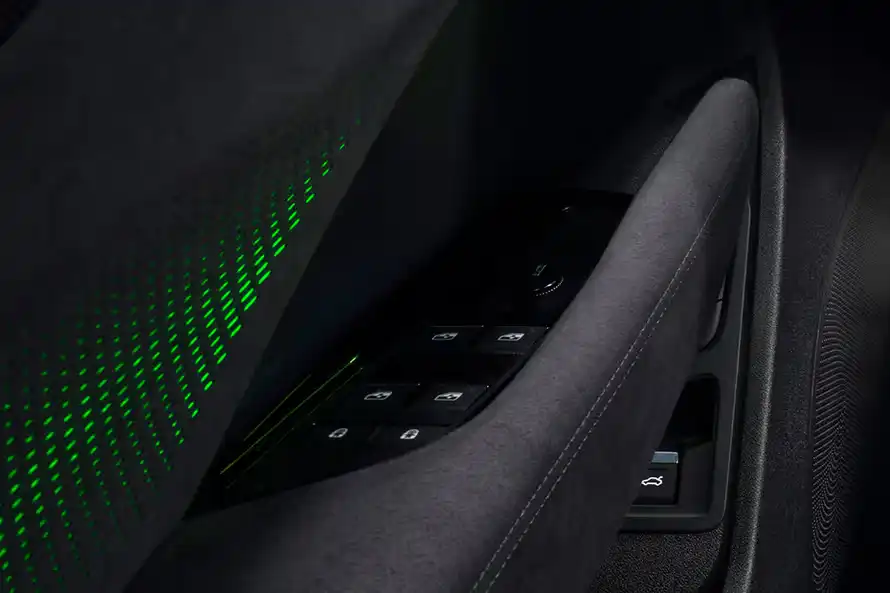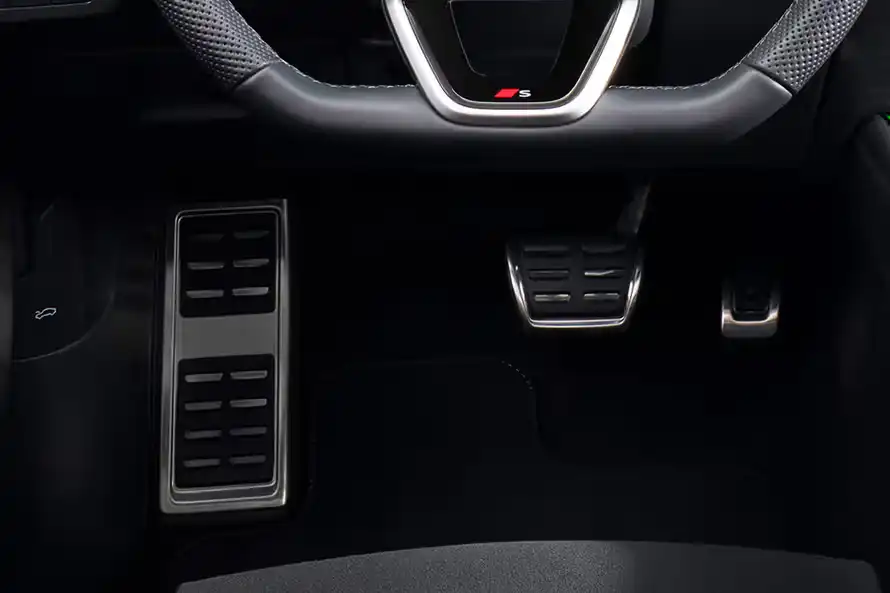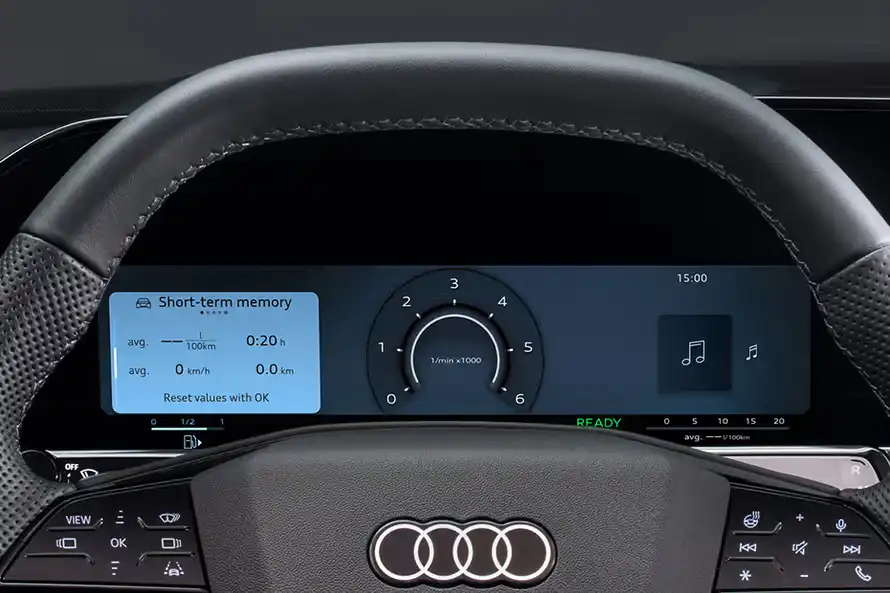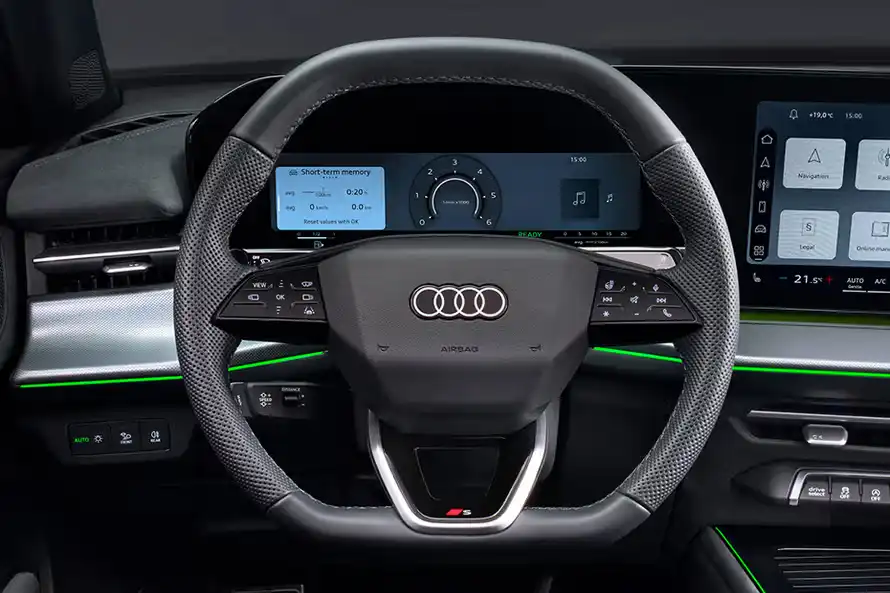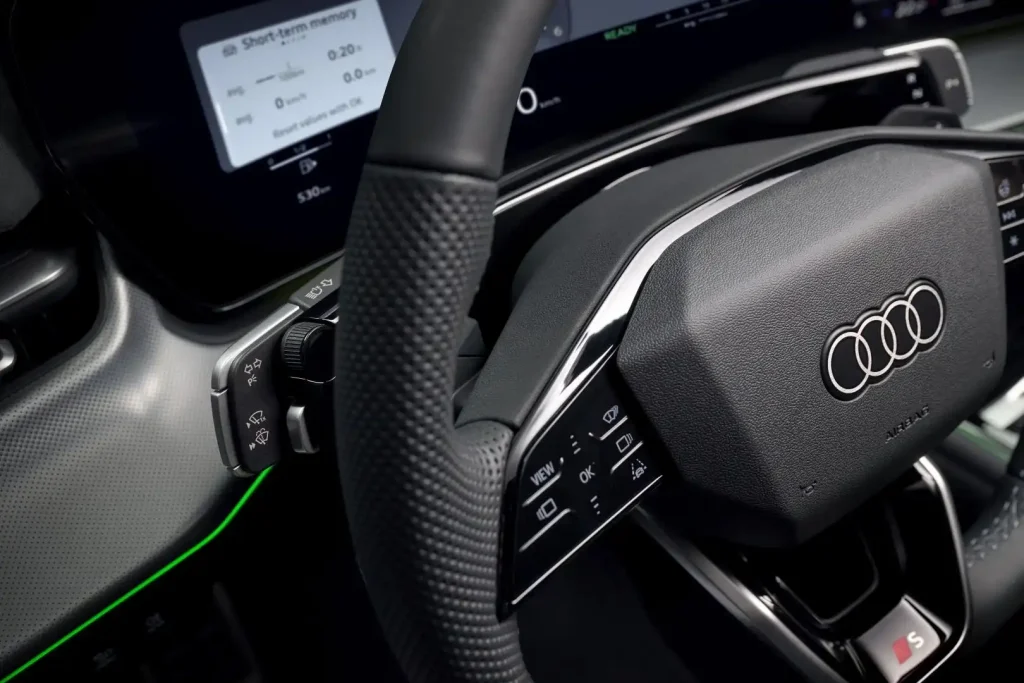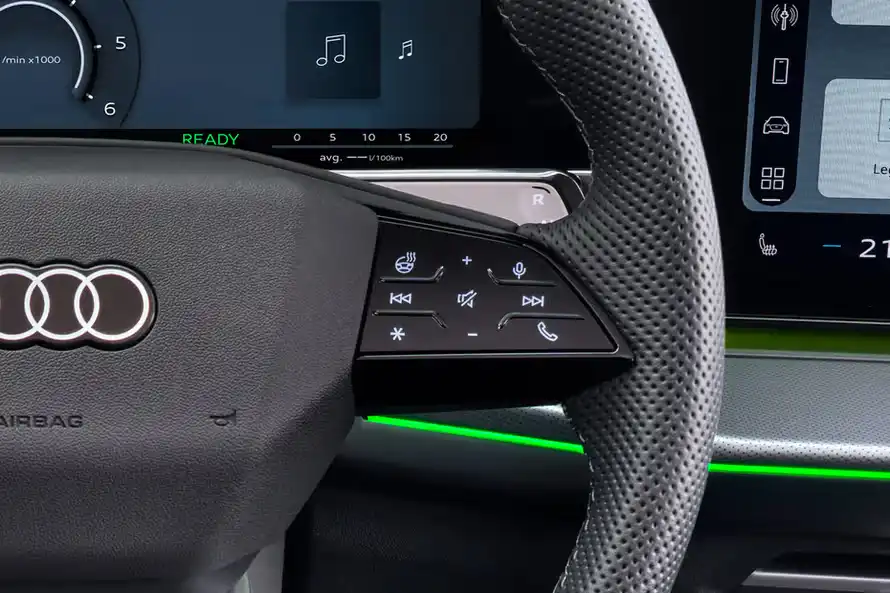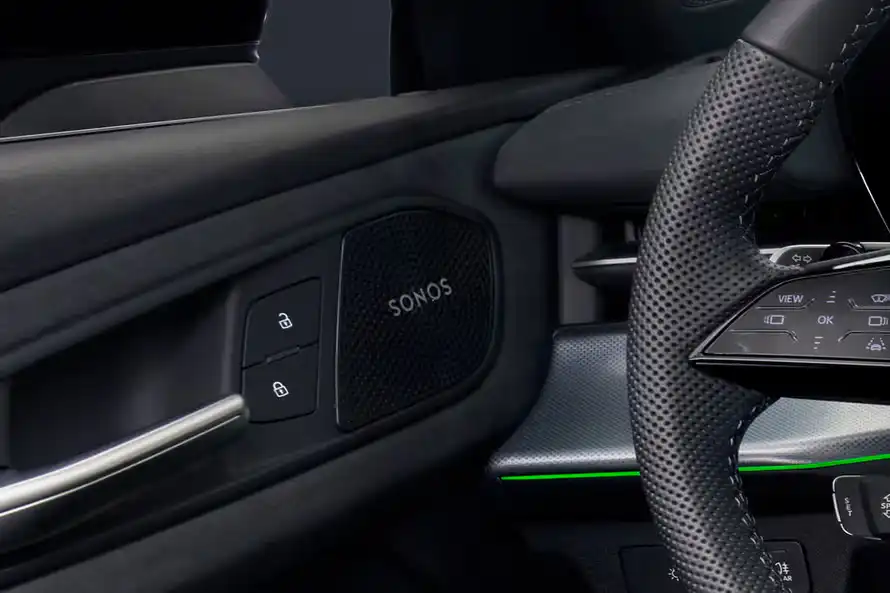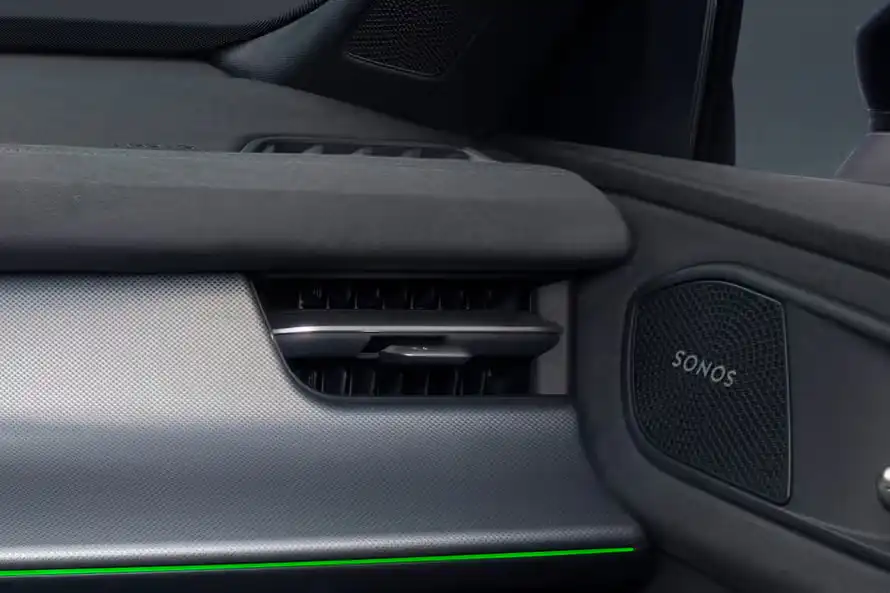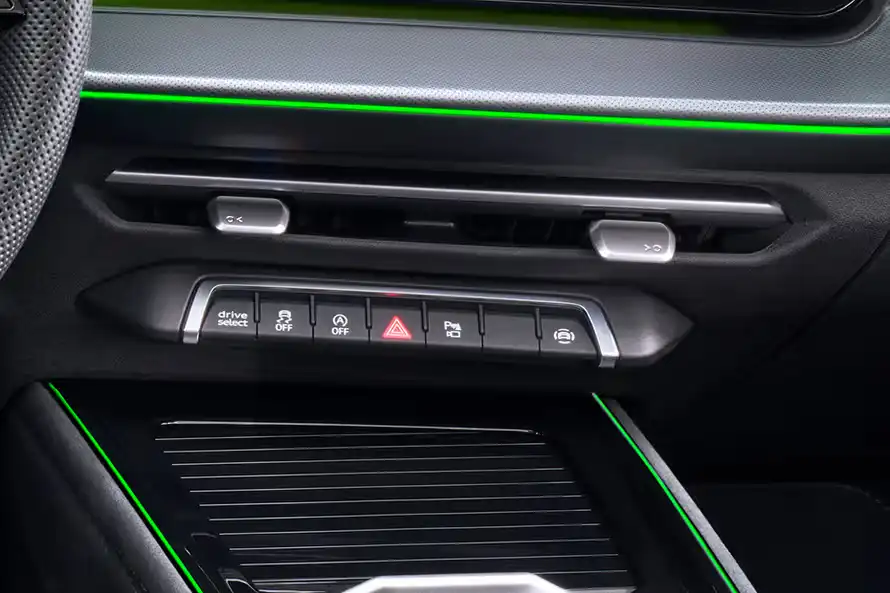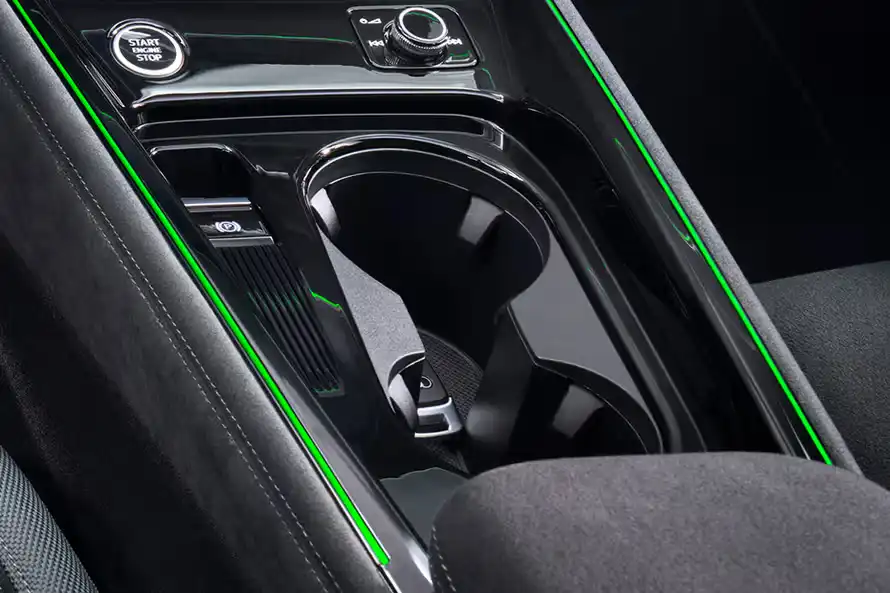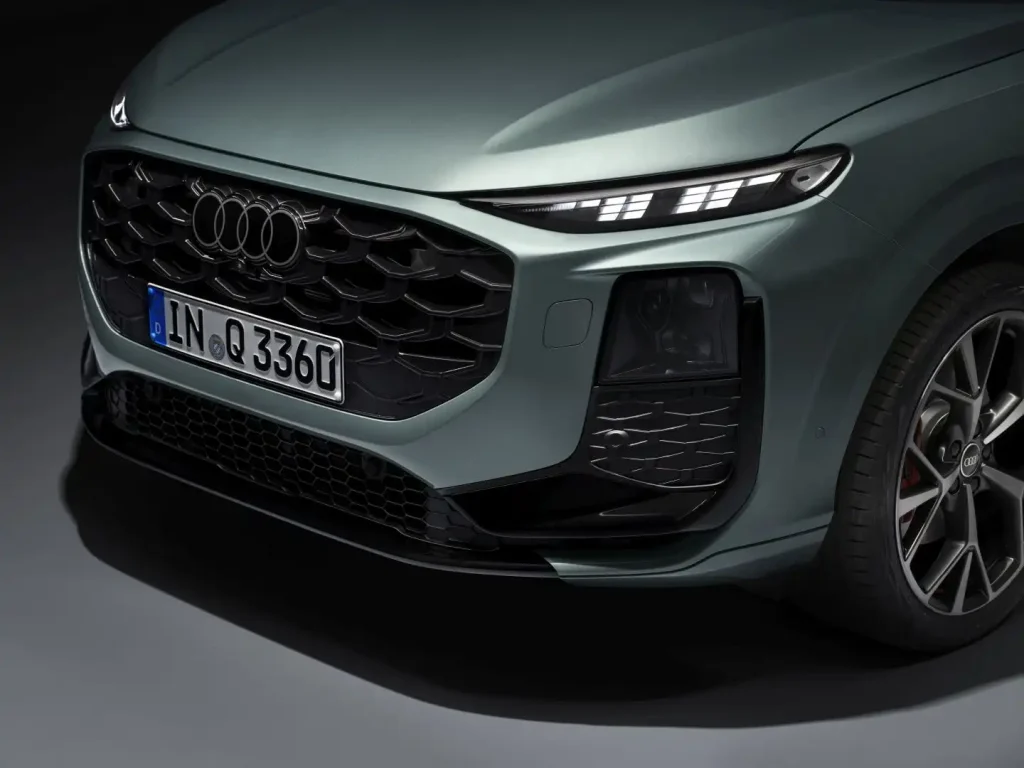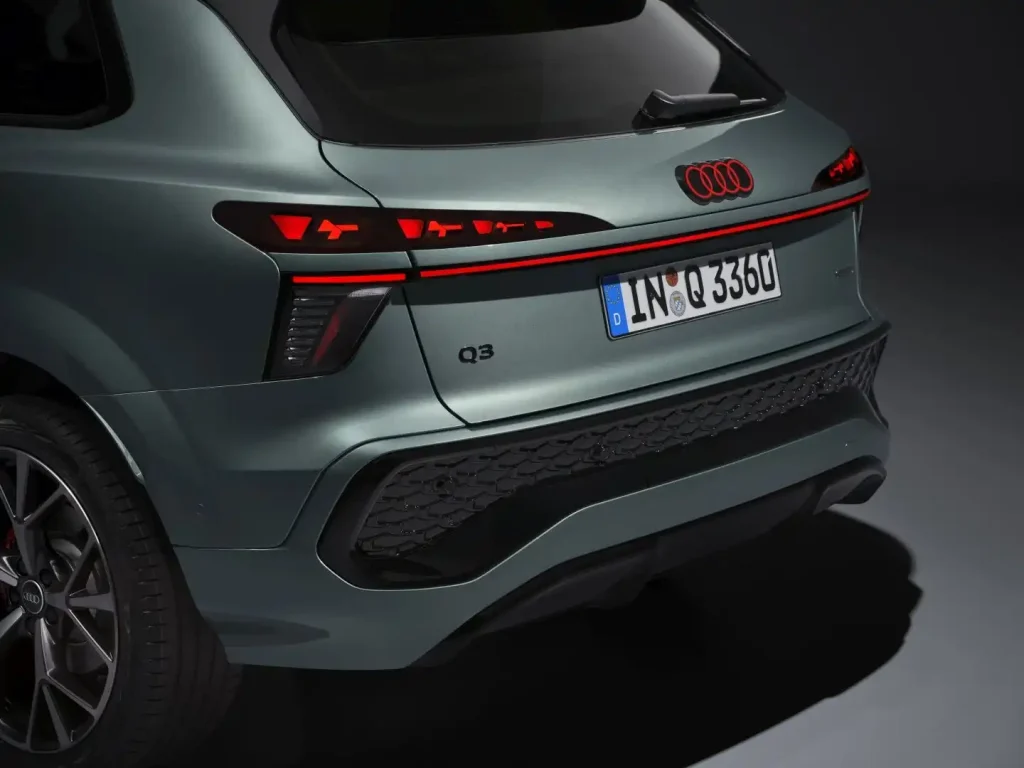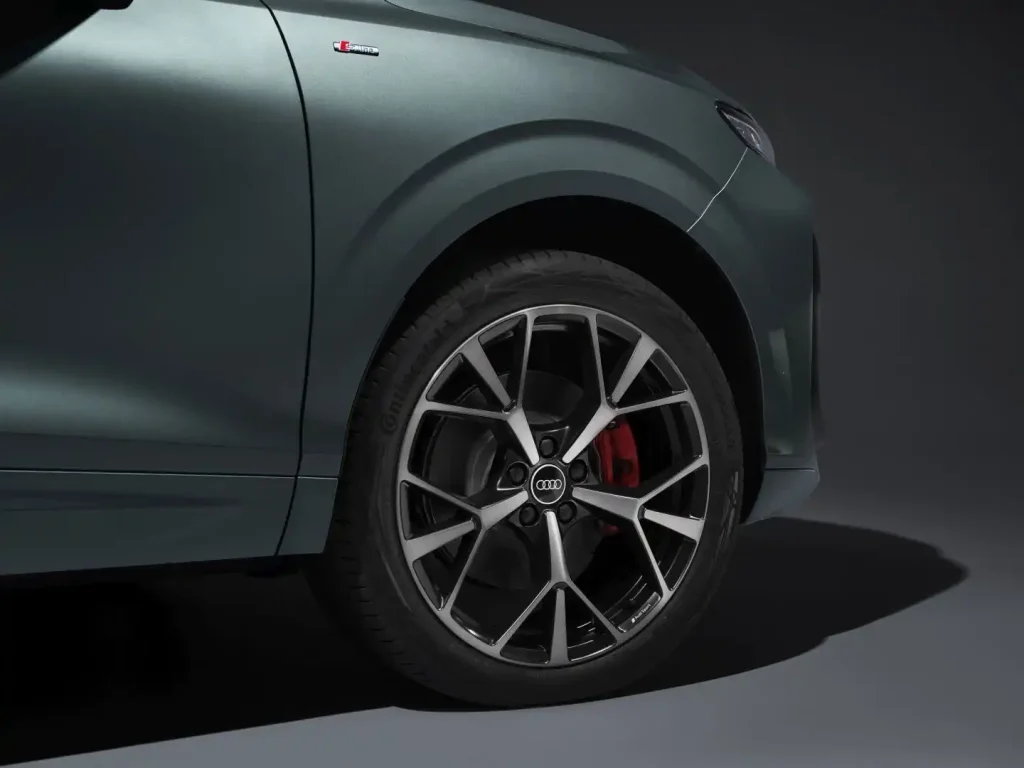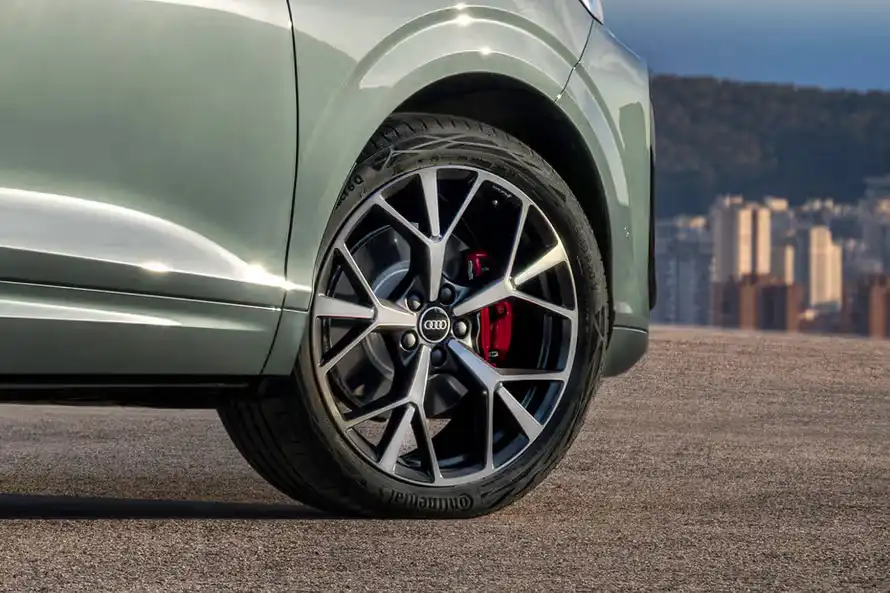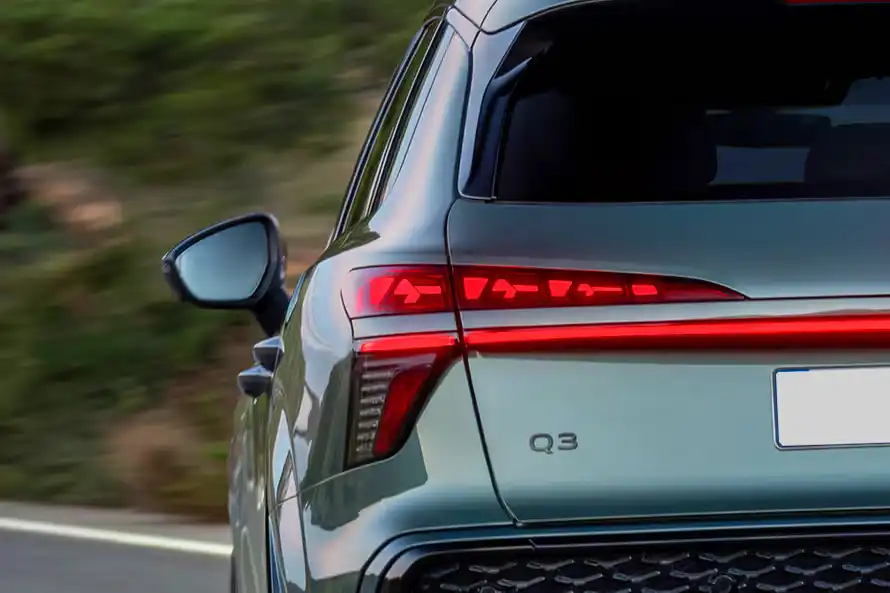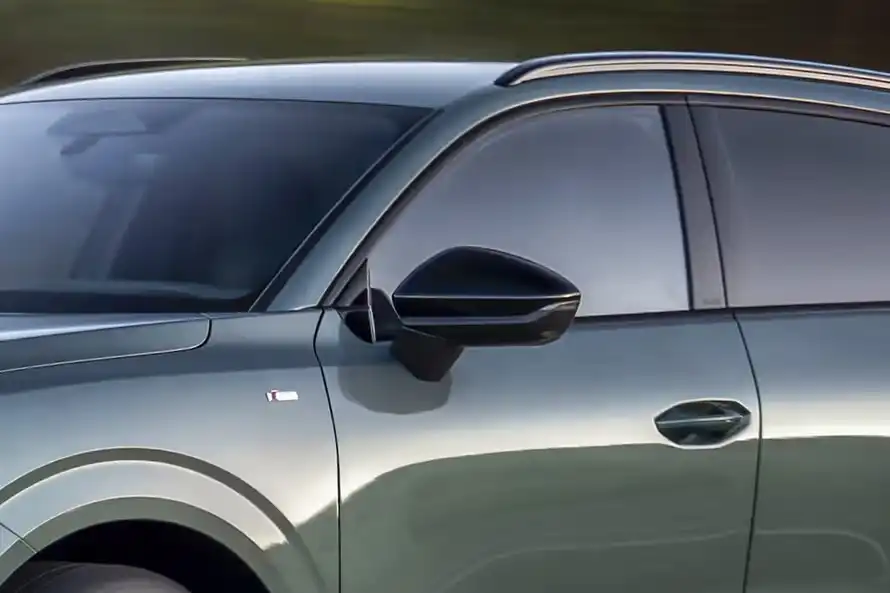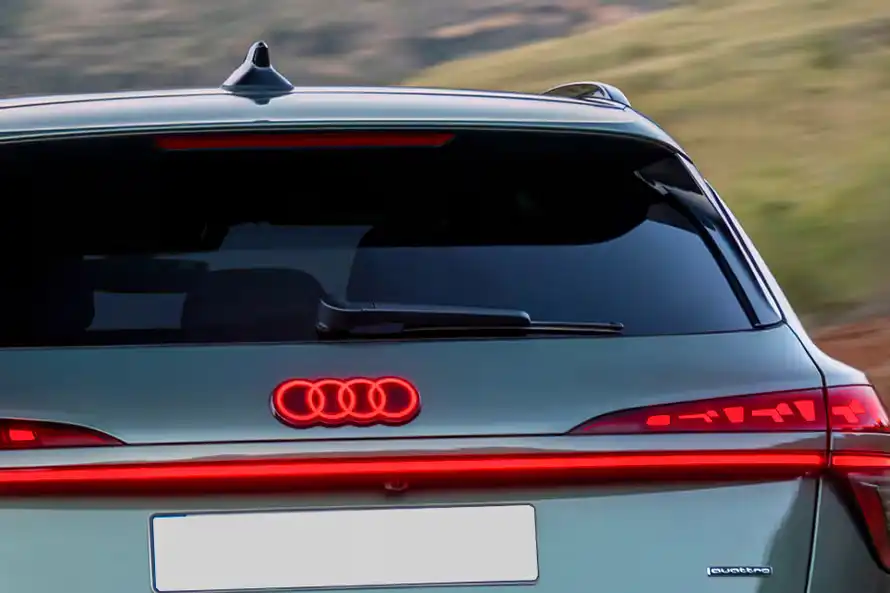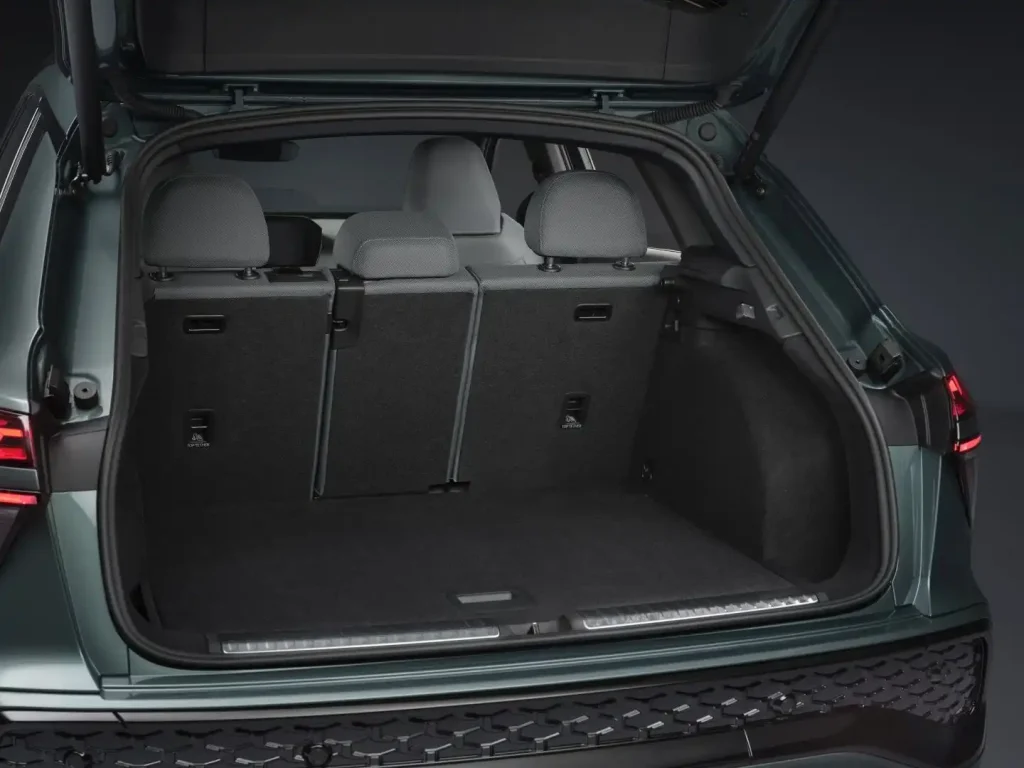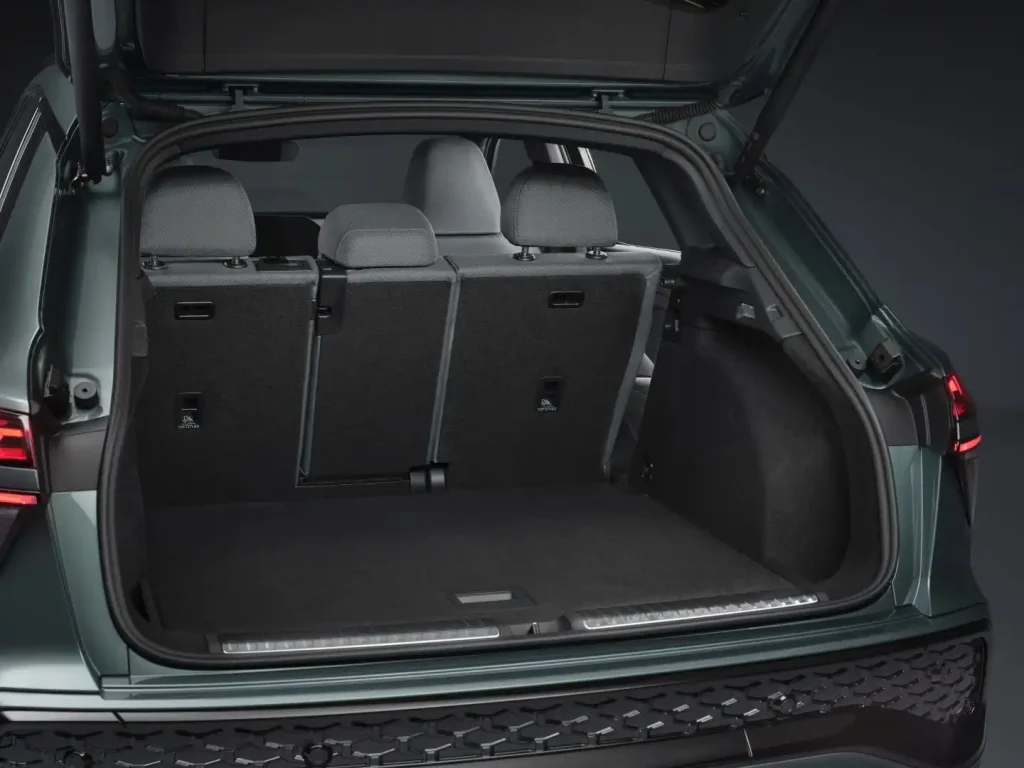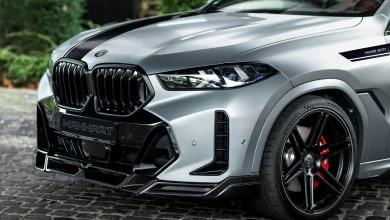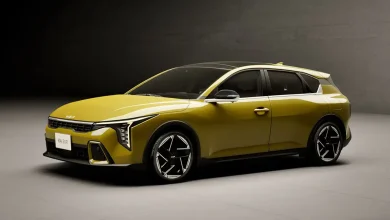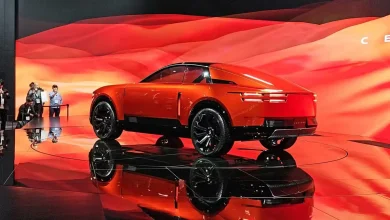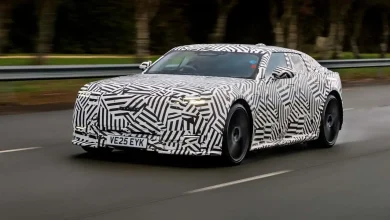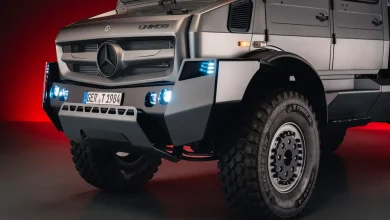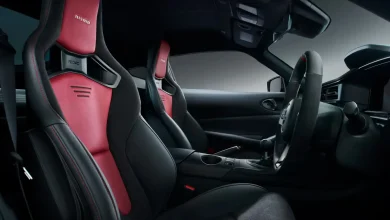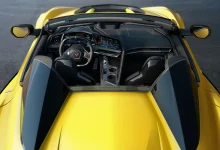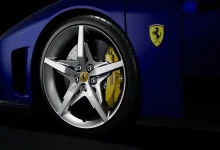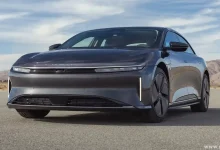2026 Audi Q3 First Look: Classic Small Luxury SUV Upgrade—But What’s That Behind the Wheel?!
Although the majority of the Q3’s redesign aligns with the approach taken by its larger gasoline and electric counterparts, one particular detail catches the eye.
Audi’s smallest and most affordable SUV is set for a major refresh in 2026, featuring a sleeker, slightly larger body that borrows design cues from its bigger siblings — the gasoline-powered Q5 compact SUV and its all-electric counterpart, the Q6 E-Tron. The new 2026 Audi Q3 has been unveiled for the German market, and while some details about the U.S. version are still pending, we’ve already uncovered plenty of information about its technology, interior, and styling ahead of its expected launch in America next year.
Appears Larger, Even If Its Dimensions Barely Changed
Even if the 2026 Audi Q3 length, width, and height matched those of the 2025 model exactly, it would still look noticeably bigger. The refreshed Q3 carries a more substantial and mature presence, thanks in part to the distinctive split running-light and headlight design shared with the Q5 and Q6 E-Tron, as well as pronounced fender bulges highlighted by strong shoulder lines above each wheel arch. A fresh styling touch? Small downward teardrop-shaped accents hanging off the corners of the taillights — a design detail reminiscent of the E-Tron GT electric sports sedan.
Despite its larger appearance, the 2026 Audi Q3 is only marginally bigger in actual dimensions. The wheelbase remains virtually unchanged at 105.6 inches, compared to 105.5 inches last year. Overall length has increased by 1.8 inches, height by 0.1 inch, and width by a modest 0.4 inch. Cargo capacity appears similar to the current U.S. model, offering 23.7 cubic feet with the seats up and 48 cubic feet when folded down. These slight size increases are likely to result in only minor improvements in cargo and passenger space.
Four Powertrain Options Abroad, One Likely for the U.S.
In international markets, the Q3 will come with a wide range of engine choices. The lineup starts with a turbocharged 1.5-liter four-cylinder “TFSI” engine producing 147 horsepower, featuring cylinder deactivation that shuts down two cylinders to improve fuel efficiency, along with a 48-volt mild-hybrid system. Following that is a more powerful 2.0-liter TFSI turbocharged four-cylinder delivering 262 horsepower, which also uses mild hybrid technology. There’s also a TDI diesel option available overseas, though that version won’t be offered in the U.S. market.
Lastly, the lineup includes the Q3 e-Hybrid, a plug-in hybrid that delivers a combined 268 horsepower and 295 lb-ft of torque from its gasoline engine paired with a 114-hp, 243-lb-ft electric motor. It features a 25.7-kWh lithium-ion battery, with a usable capacity of 19.7 kWh, which is claimed to provide up to 75 miles of pure electric driving according to the optimistic WLTP test cycle. Even accounting for the stricter EPA standards, the Q3 e-Hybrid could still offer an impressive electric-only range of around 50 miles.
Unfortunately, none of those advanced powertrains, at least in their current versions, will be offered in the U.S. market. Audi confirms that American buyers will continue to receive the automaker’s turbocharged 2.0-liter inline-4 engine without mild-hybrid technology. In the 2025 Q3, this engine produces 228 horsepower and 251 lb-ft of torque. It’s still unclear whether this powerplant will carry over to the new model or if Audi will introduce a newer 2.0-liter TFSI engine, possibly with increased output. Regardless, expect the familiar eight-speed automatic transmission found in today’s Q3 (instead of the seven-speed dual-clutch automatic used in European models), along with optional Quattro all-wheel drive.
A Familiar Audi Interior with One Unexpected Twist
Audi interiors are widely recognized for their blend of modern minimalism and quality—albeit understated—materials. The 2026 Audi Q3 cabin almost seems like it was AI-designed based on the prompt “create a new Audi interior for 2026.” That’s certainly not a criticism; in fact, it’s a compliment. We’re hopeful the new Q3 upgrades its cabin materials beyond the somewhat basic finishes found in the current model, which, much like the similarly sized A3 compact sedan, can feel a bit budget-friendly compared to Audi’s larger, more premium offerings.
Inside the 2026 Audi Q3, a pair of large digital displays dominate the dashboard. In front of the driver sits an 11.9-inch digital gauge cluster, while a 12.8-inch touchscreen handles infotainment duties in the center. But take a closer look at the center console, and you’ll notice something unusual: there’s no traditional gear shifter. In its place are a few minimalist controls—a start/stop button, an electronic parking brake switch, and a multifunction audio knob that handles volume and track changes. It’s a clean, modern setup with one notable omission.
Audi has relocated the shifter controls to one of two unusual, fixed “wings” mounted behind the steering wheel—right where paddle shifters would normally be. Unlike traditional stalks used for turn signals or wipers, these wing-like extensions are mostly stationary. On the right, you’ll find buttons for selecting gears, while the left wing is packed with a somewhat awkward mix of buttons, switches, and a rotary knob that handle high-beam activation, wiper functions, and turn signals. It’s a bold, unconventional setup that may take some getting used to.
At first glance, it’s not obvious how Audi’s new steering wheel “wings” actually work, and even the German-market press materials offer little clarity. However, videos from early previews shed some light on the setup. While most of each wing remains fixed, the outer ends of both can move slightly, acting like miniature stalks.
On the left side, pushing the end of the wing up or down activates the turn signals. Just inside that is a knob to adjust wiper speed, and pressing the tip of the mini-stalk sprays the windshield. A separate button handles high-beam activation. Over on the right, the tip of the stalk-like wing moves up or down to control gear selection—functionally similar to the column-mounted shifters found in some Mercedes-Benz and Tesla vehicles. It’s a unique take on familiar controls, though one that may require a learning curve.
File this unconventional control setup under “wait and see.” Until we can experience it firsthand, we’re holding off on final judgment. Still, it’s fair to question why Audi chose to reinvent well-established and user-friendly technologies like column shifters and turn signal or wiper stalks. Replacing proven controls with this elaborate wing-based system feels like an odd target for innovation—and one that may be more form than function.
When Will the New Q3 Arrive, and What Will It Cost?
The 2026 Audi Q3 is set to go on sale in Germany later this year, but it won’t reach U.S. dealerships until sometime in 2025. Pricing remains uncertain for now, influenced by shifting tariffs and the extended lead-up to the American launch. Still, don’t expect a dramatic price hike. As Audi’s entry-level SUV in the U.S., the Q3 is positioned as one of the more attainable luxury crossovers on the market. When it arrives, it’ll face fresh competition from the new Acura ADX, along with established rivals like the Lexus NX, BMW X1, and Mercedes-Benz GLA-Class. Stay tuned for finalized pricing and engine options as the U.S. debut approaches.
